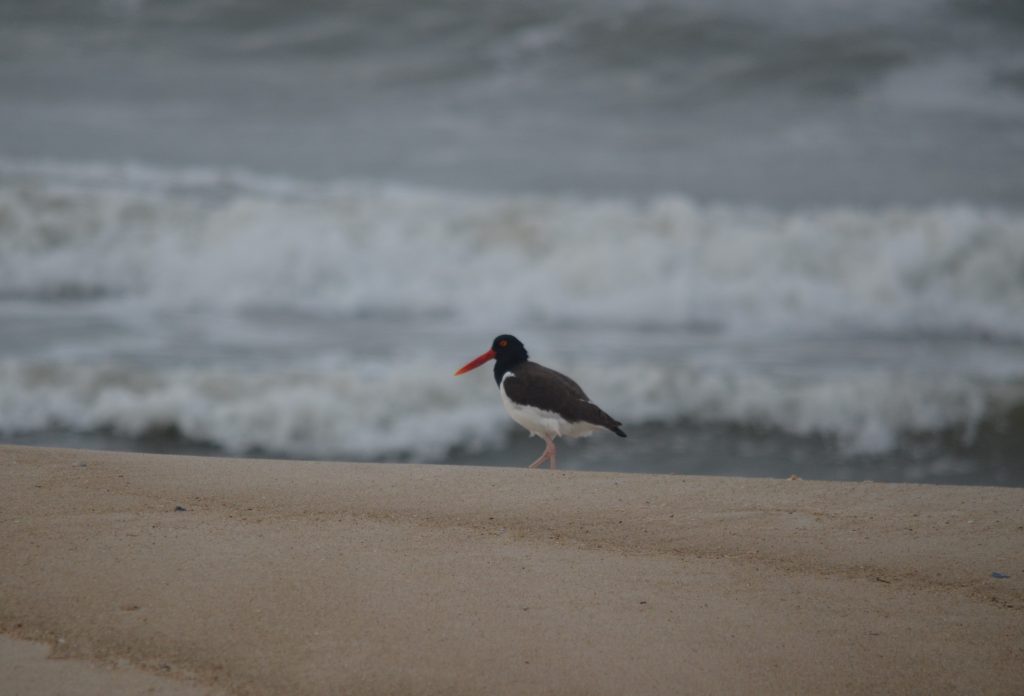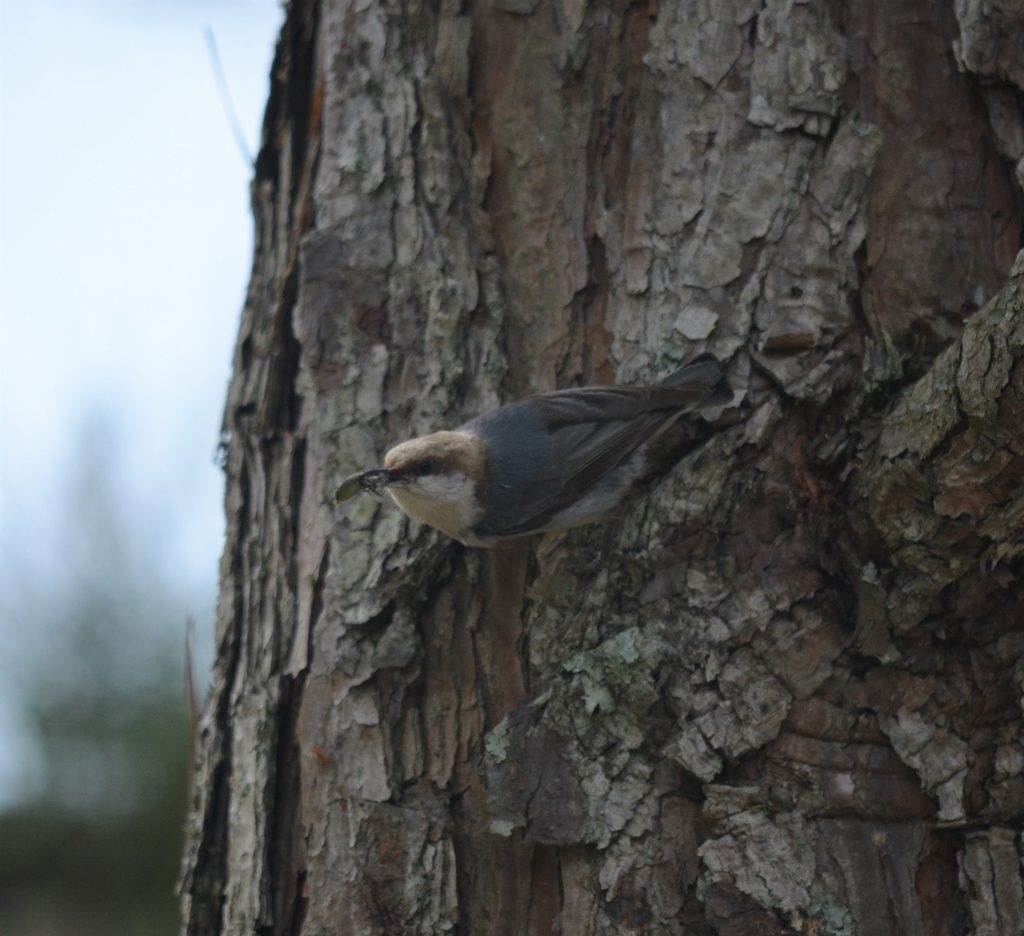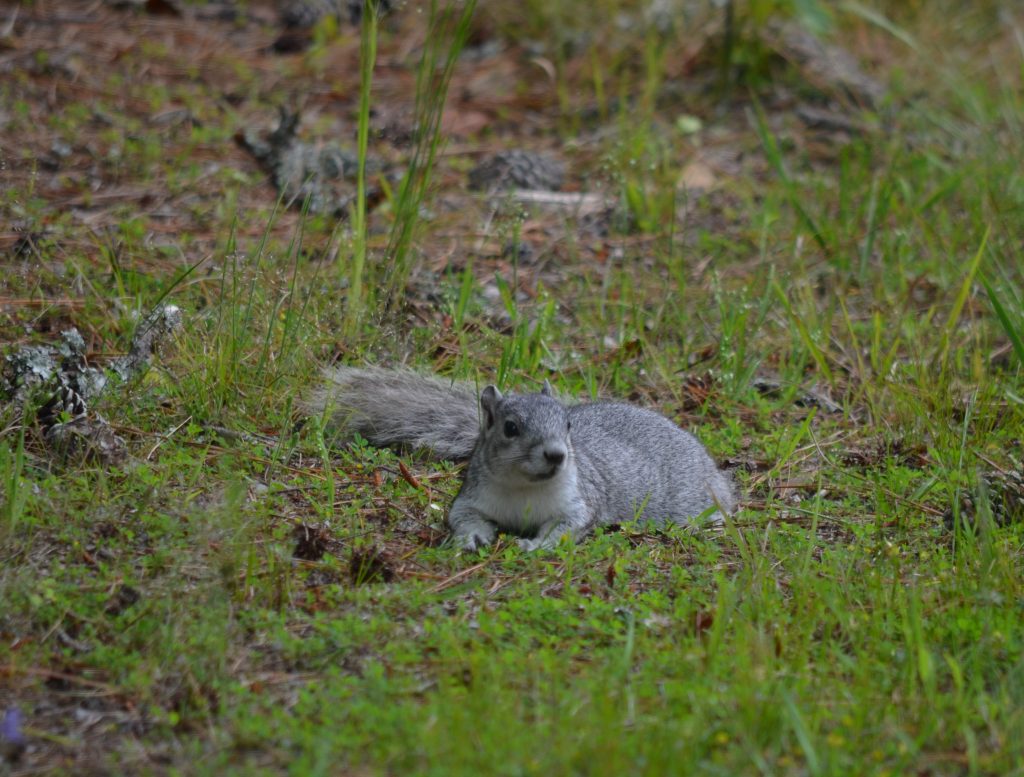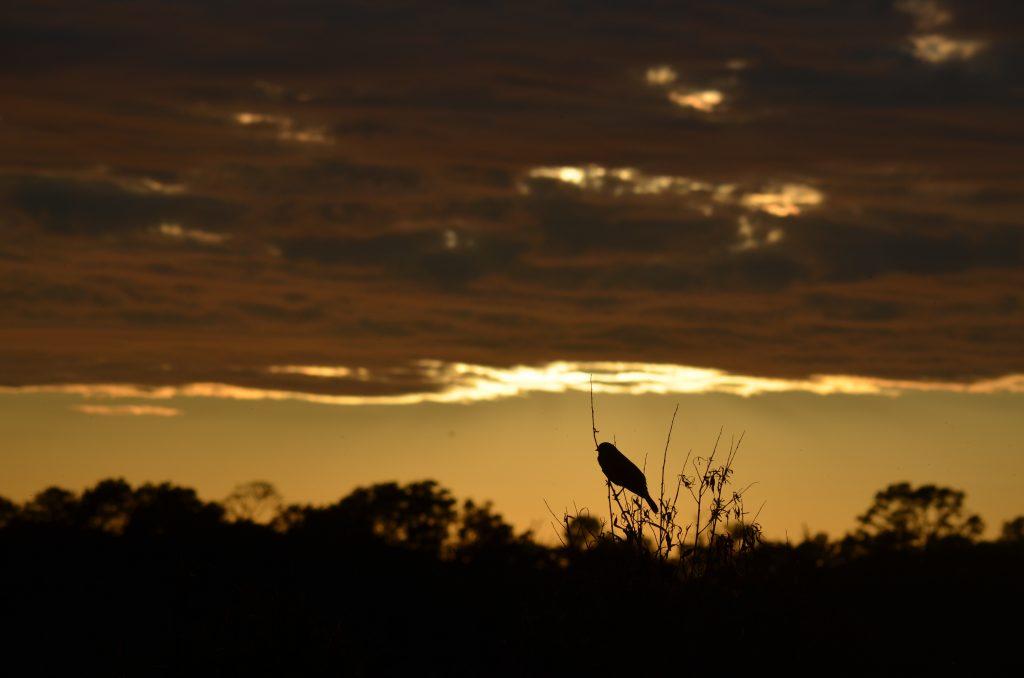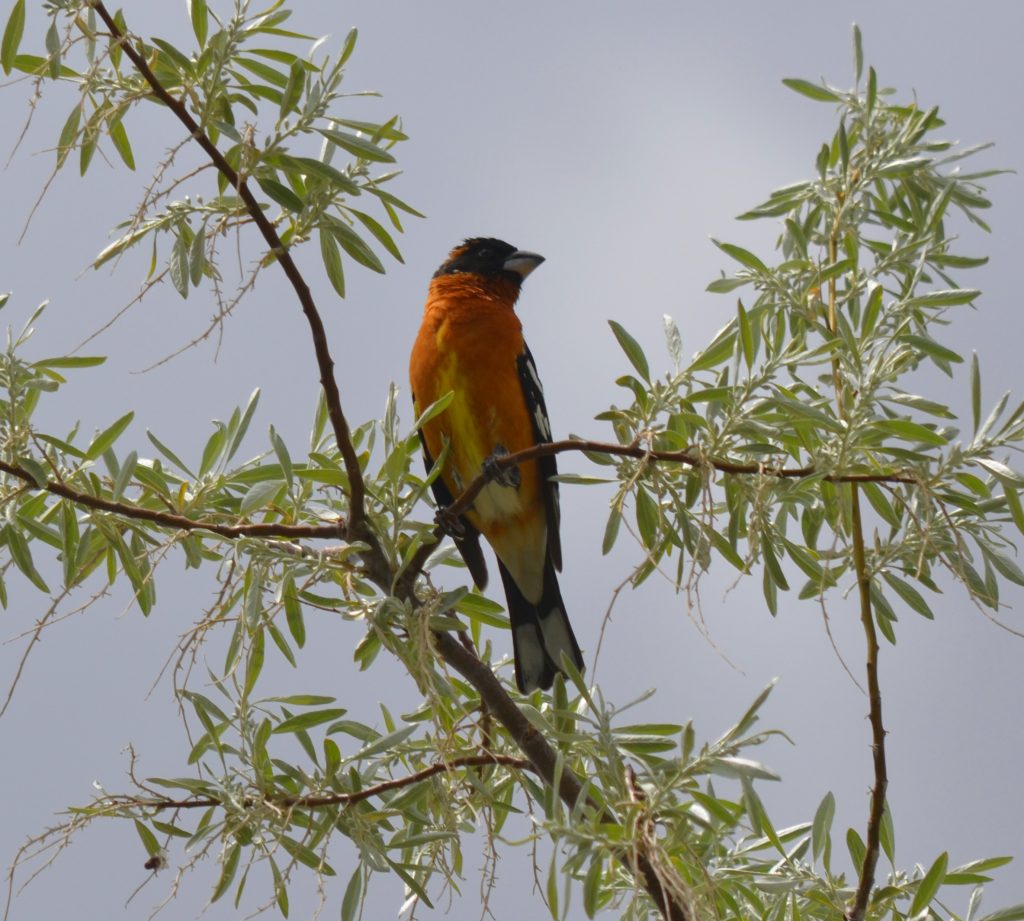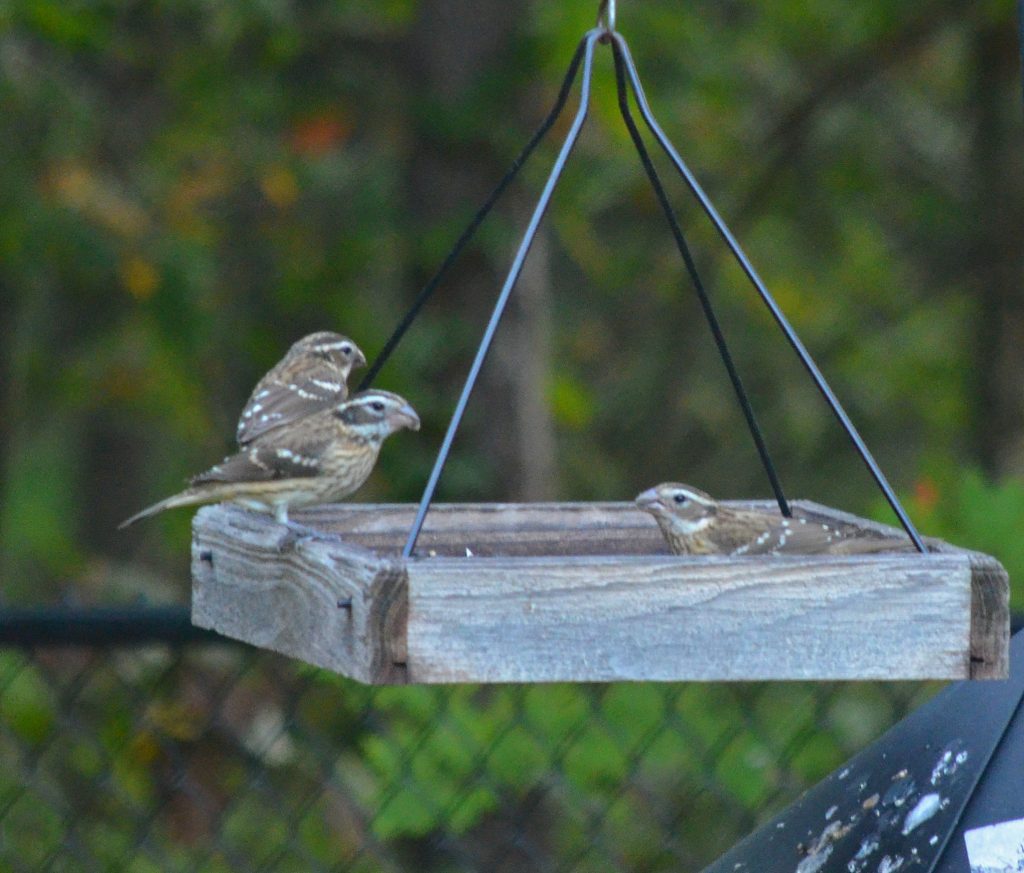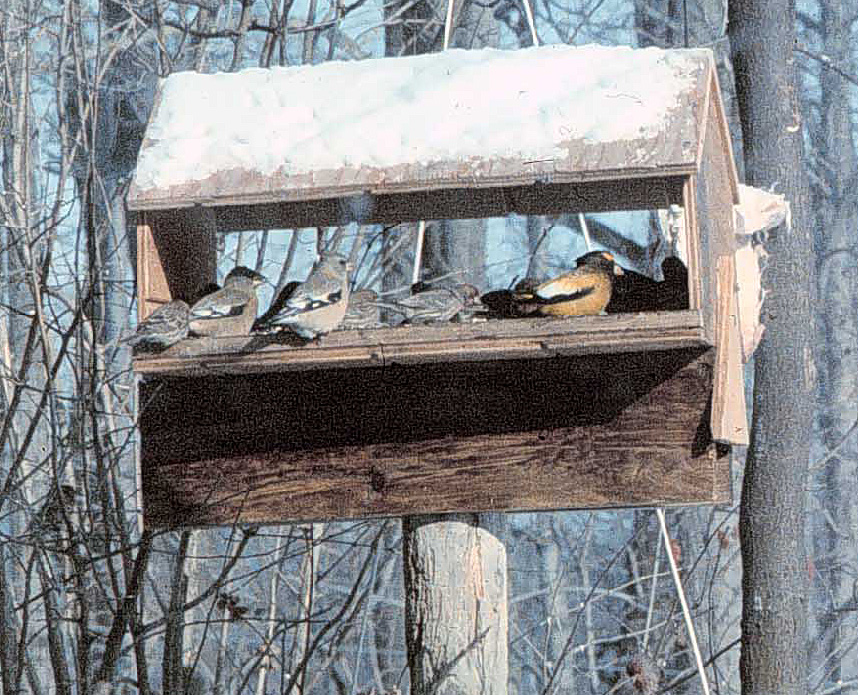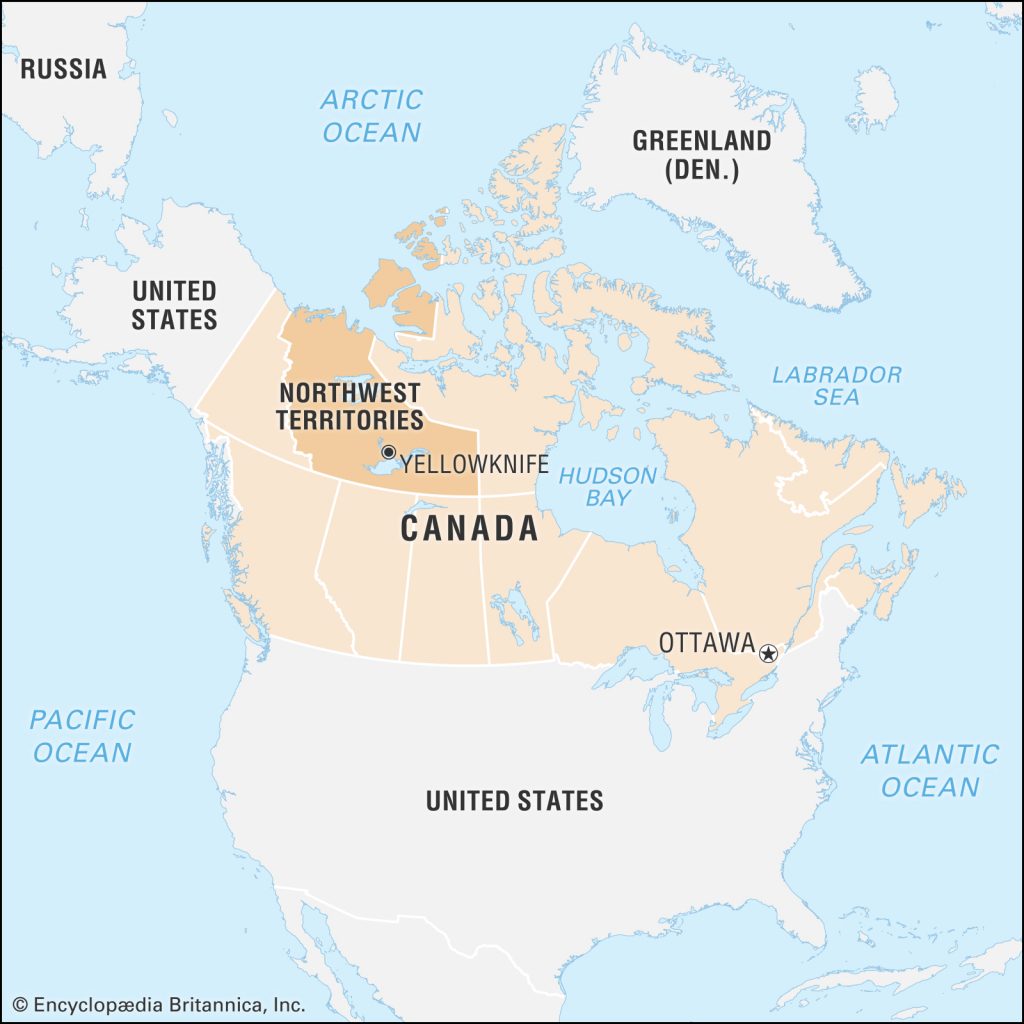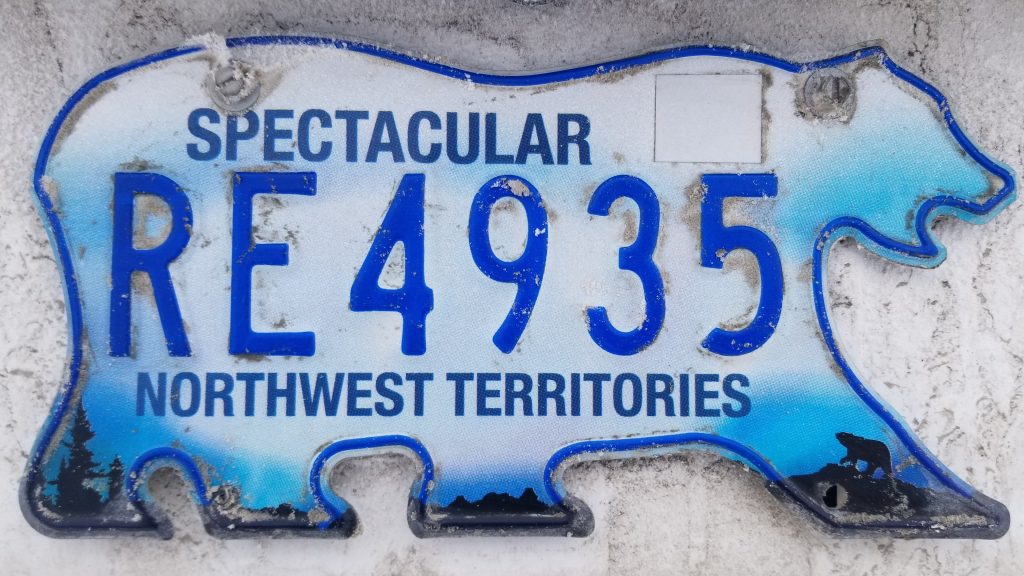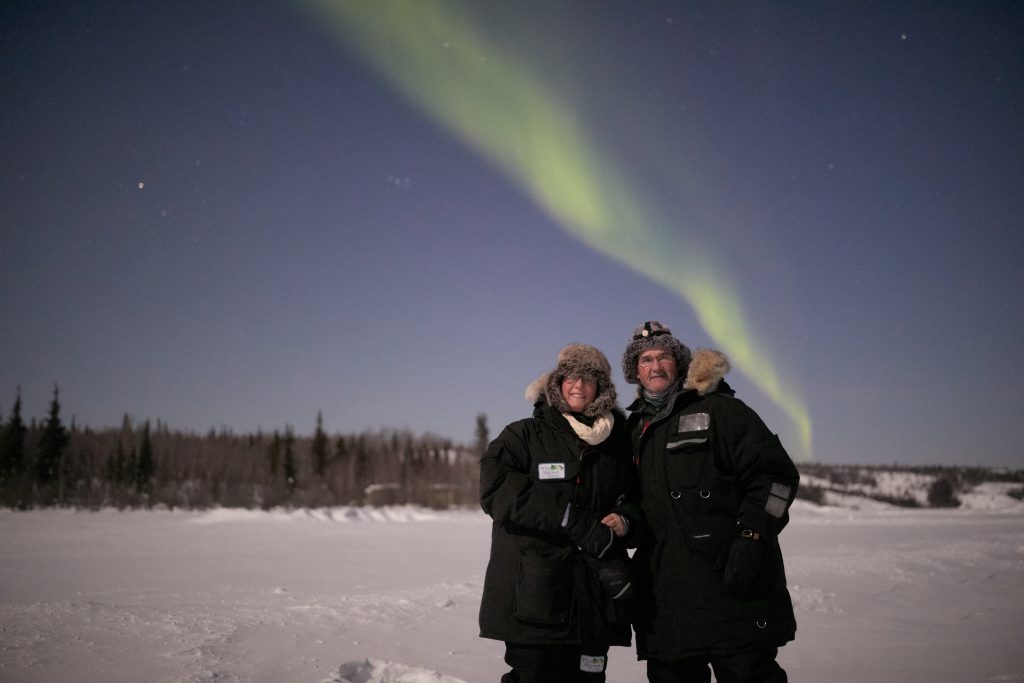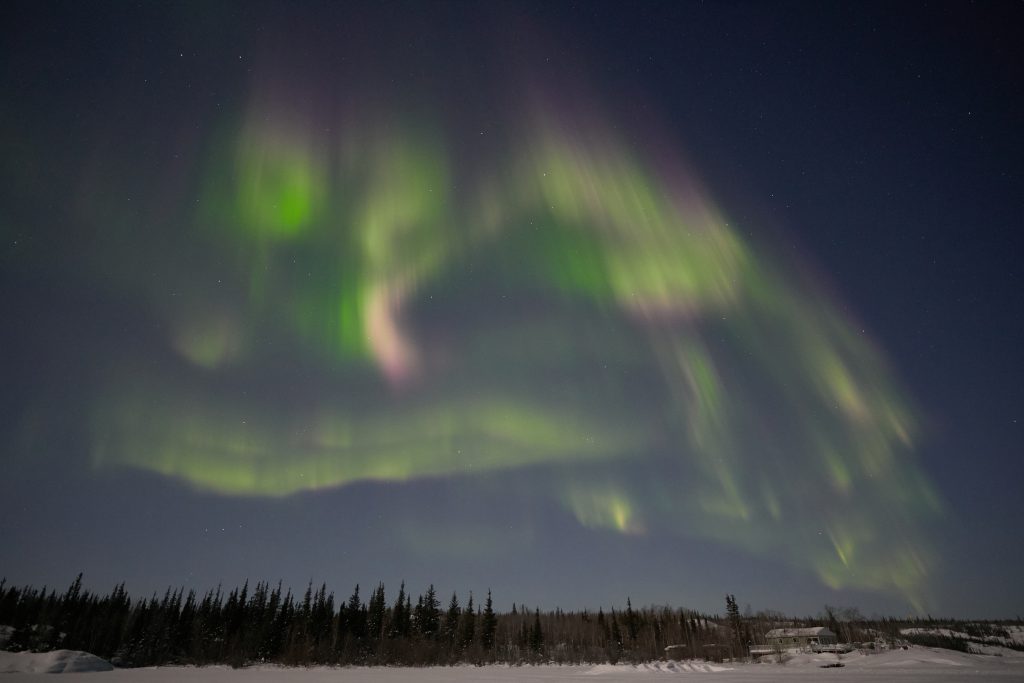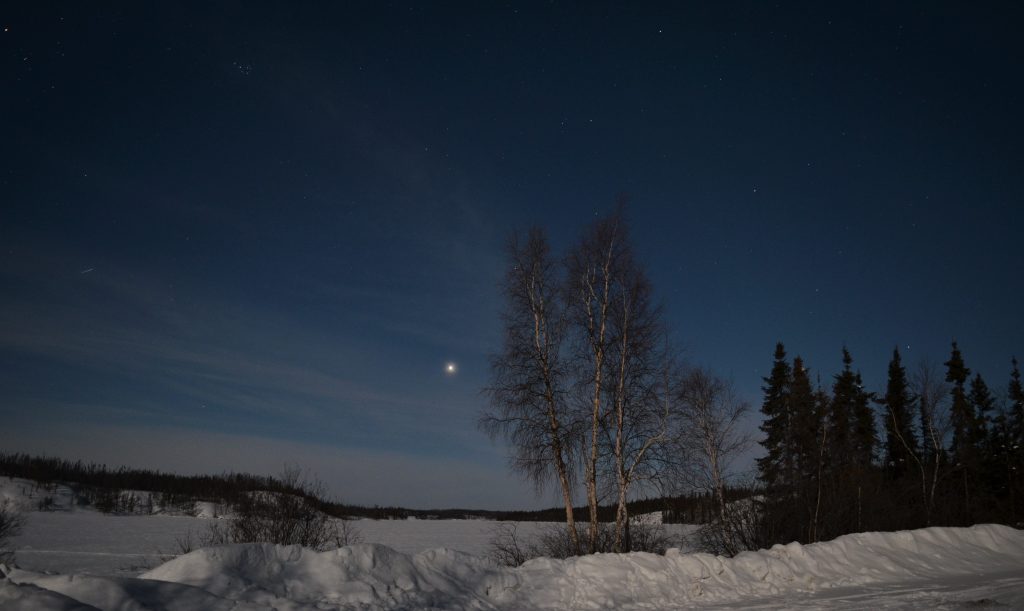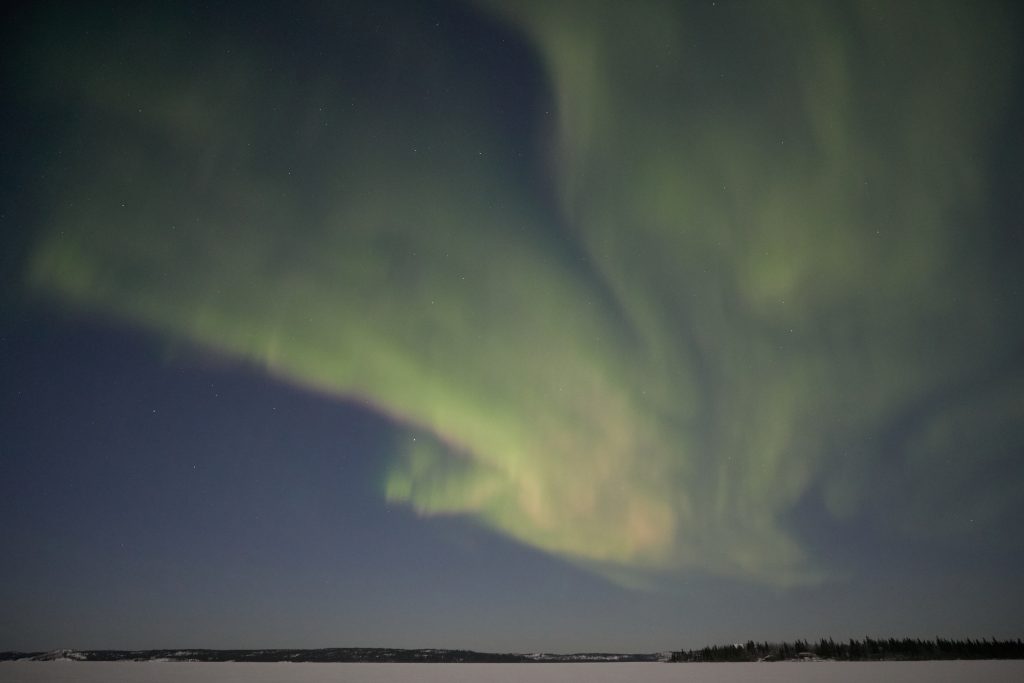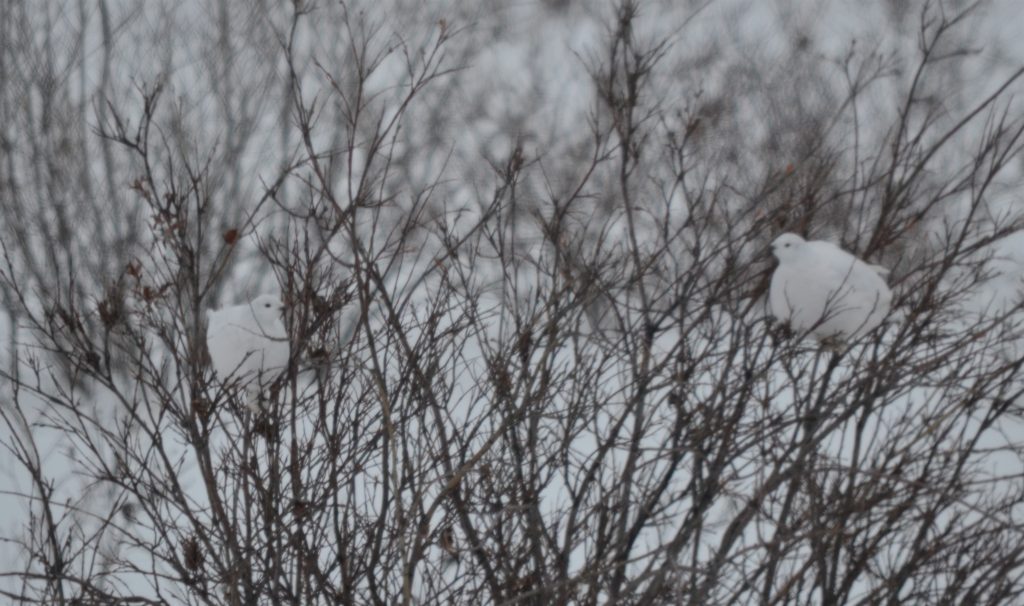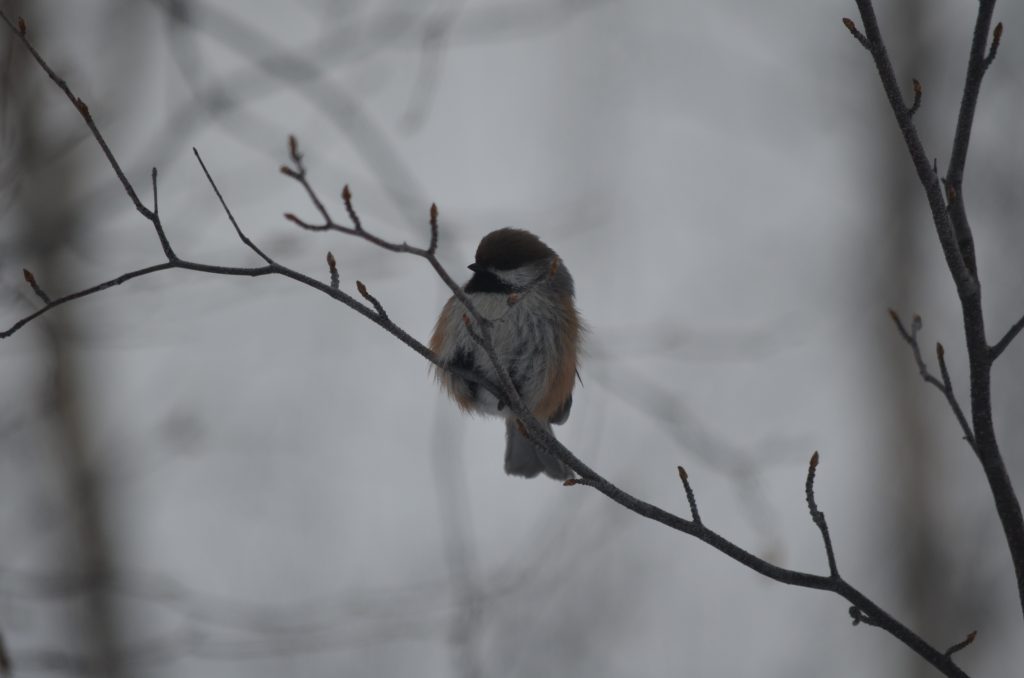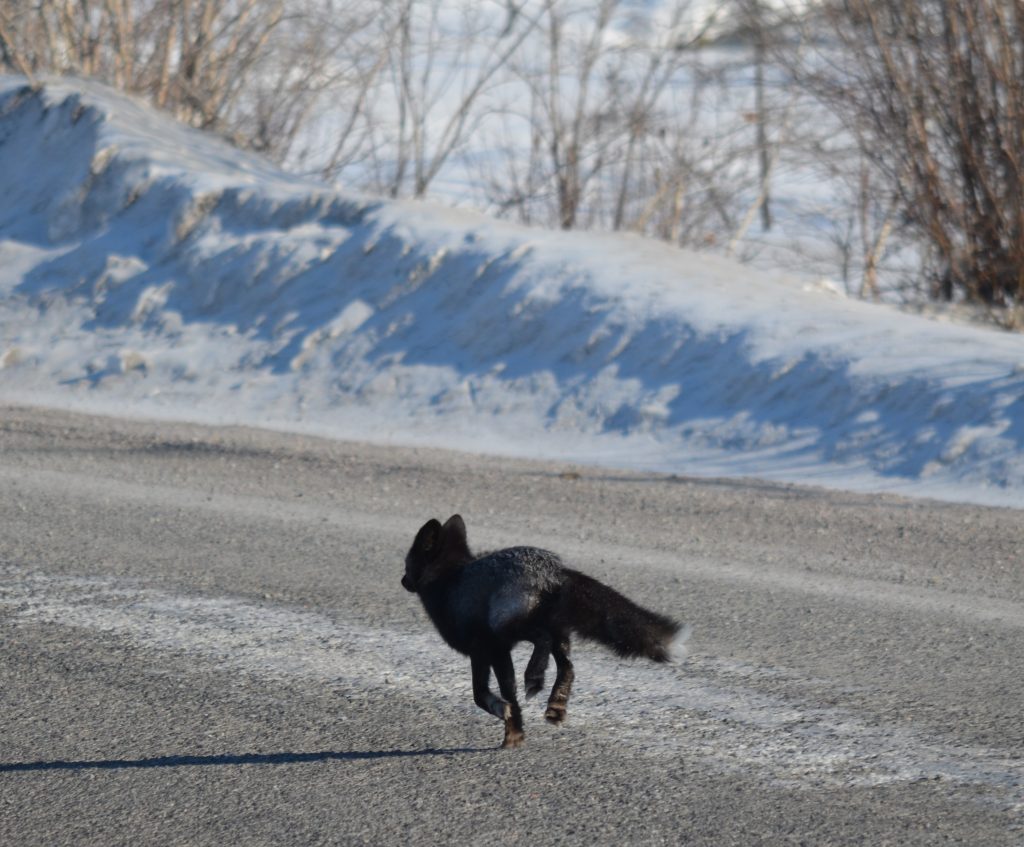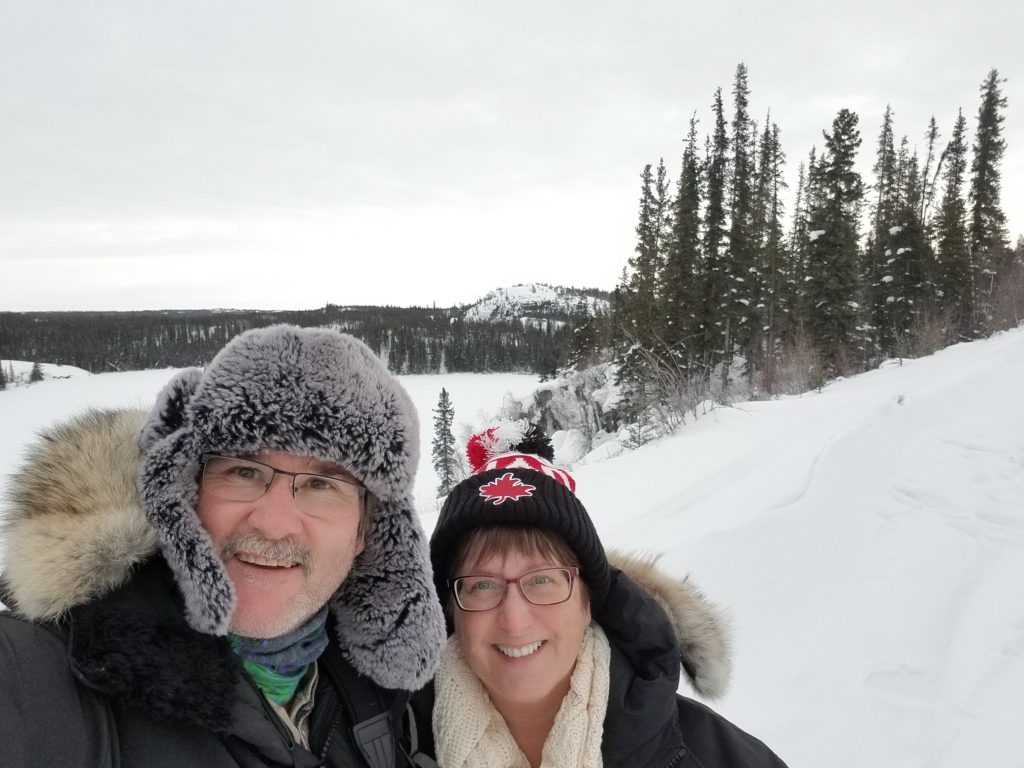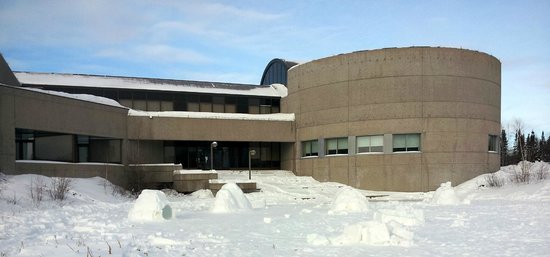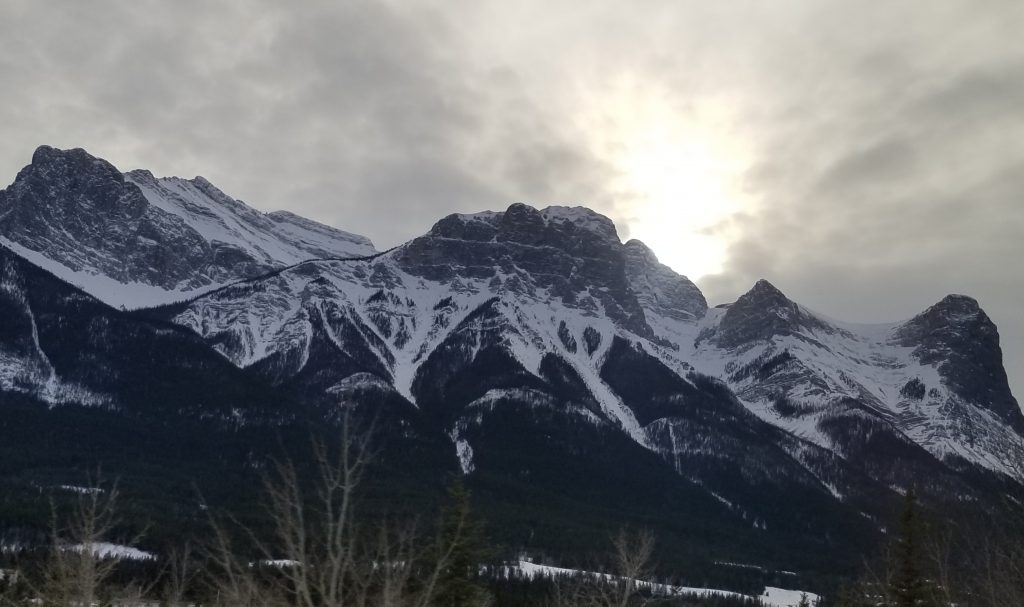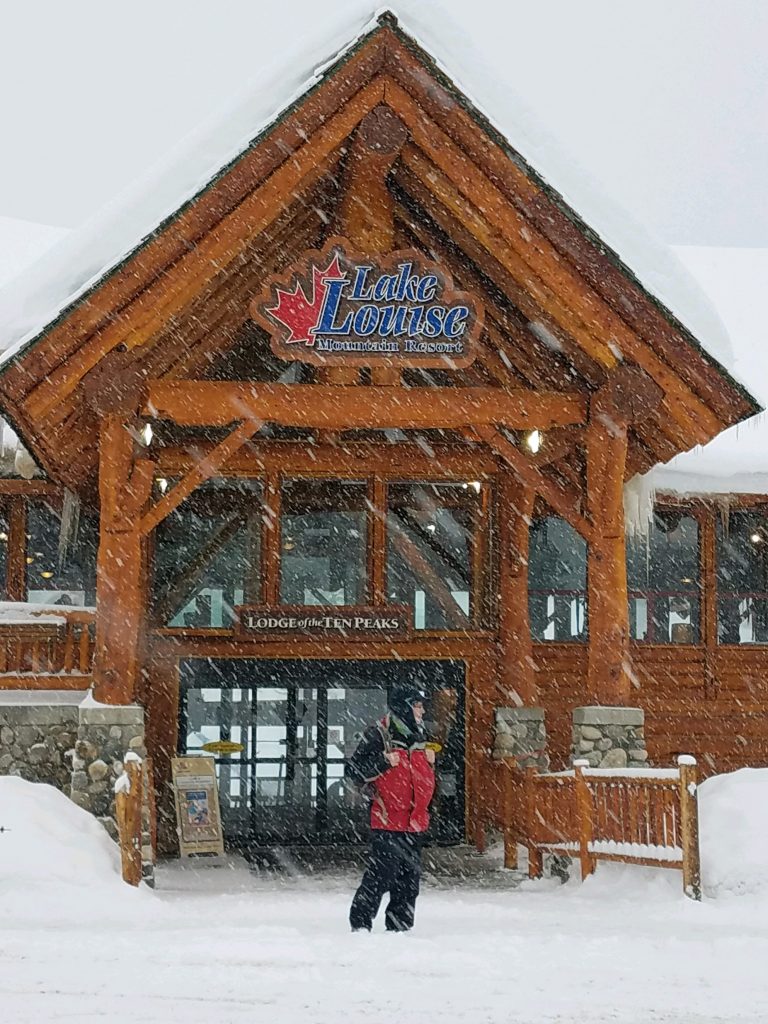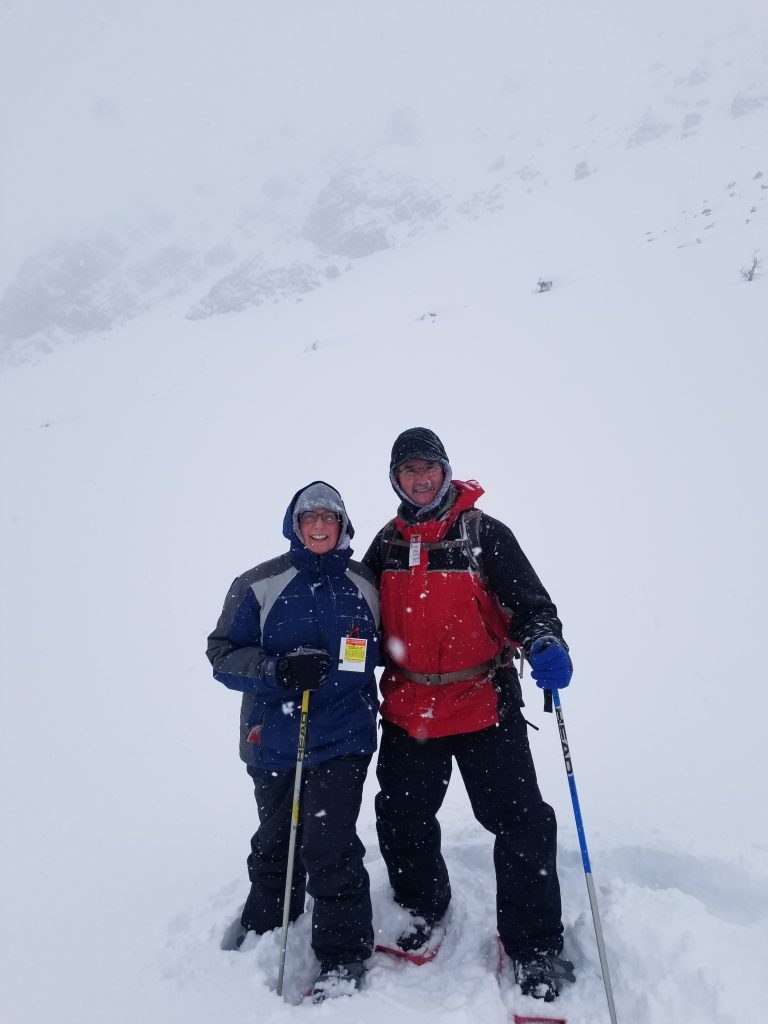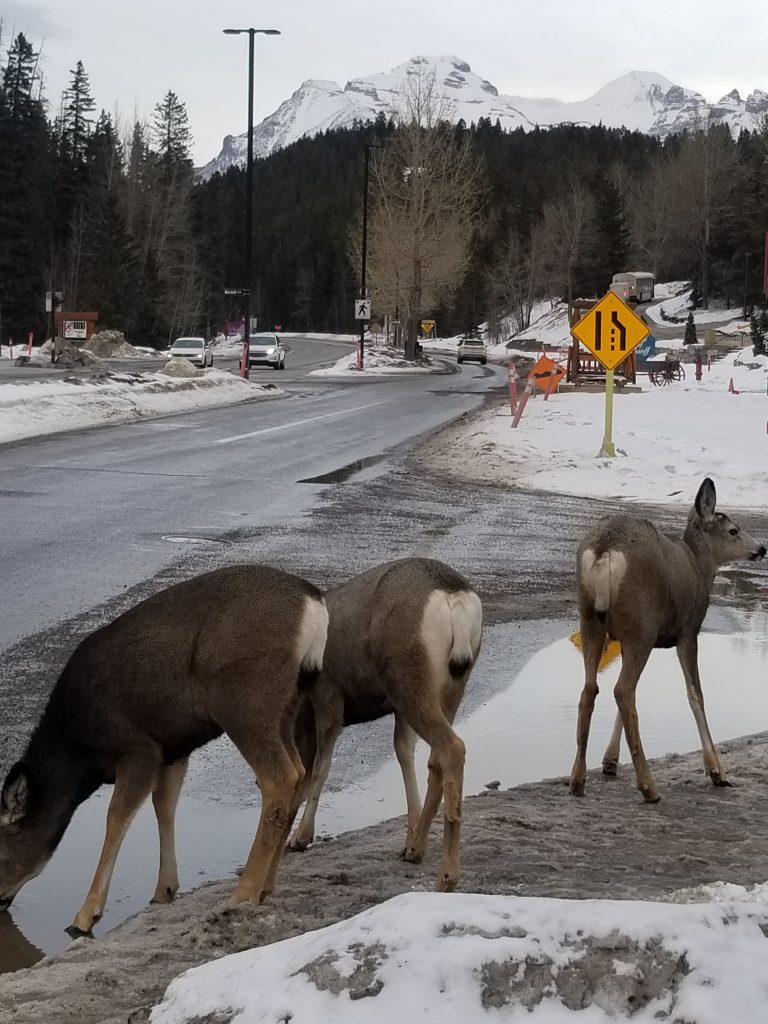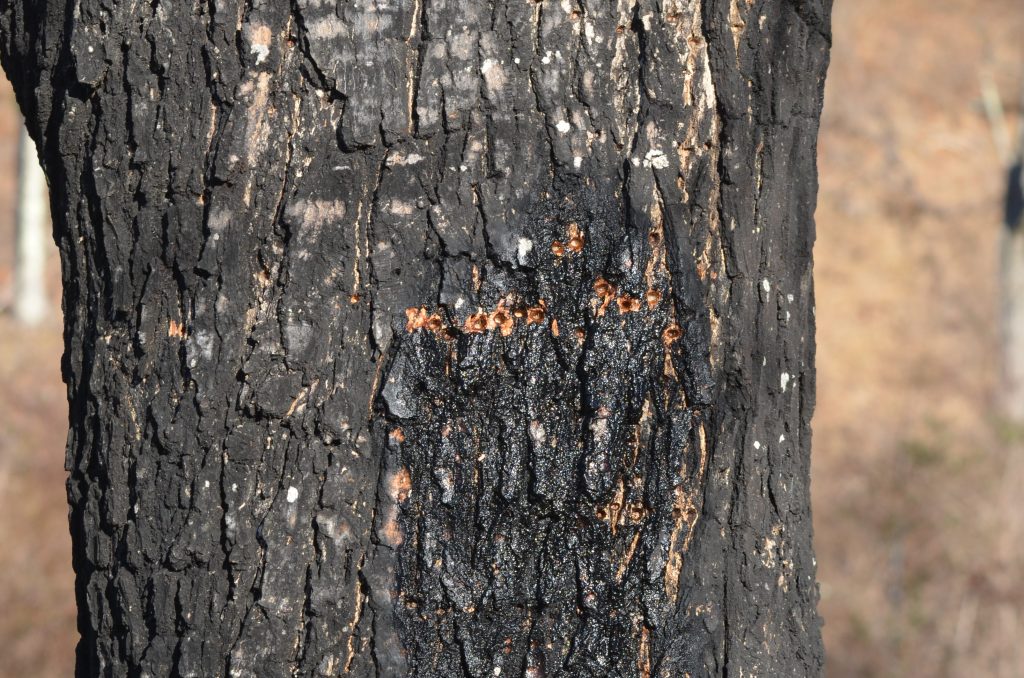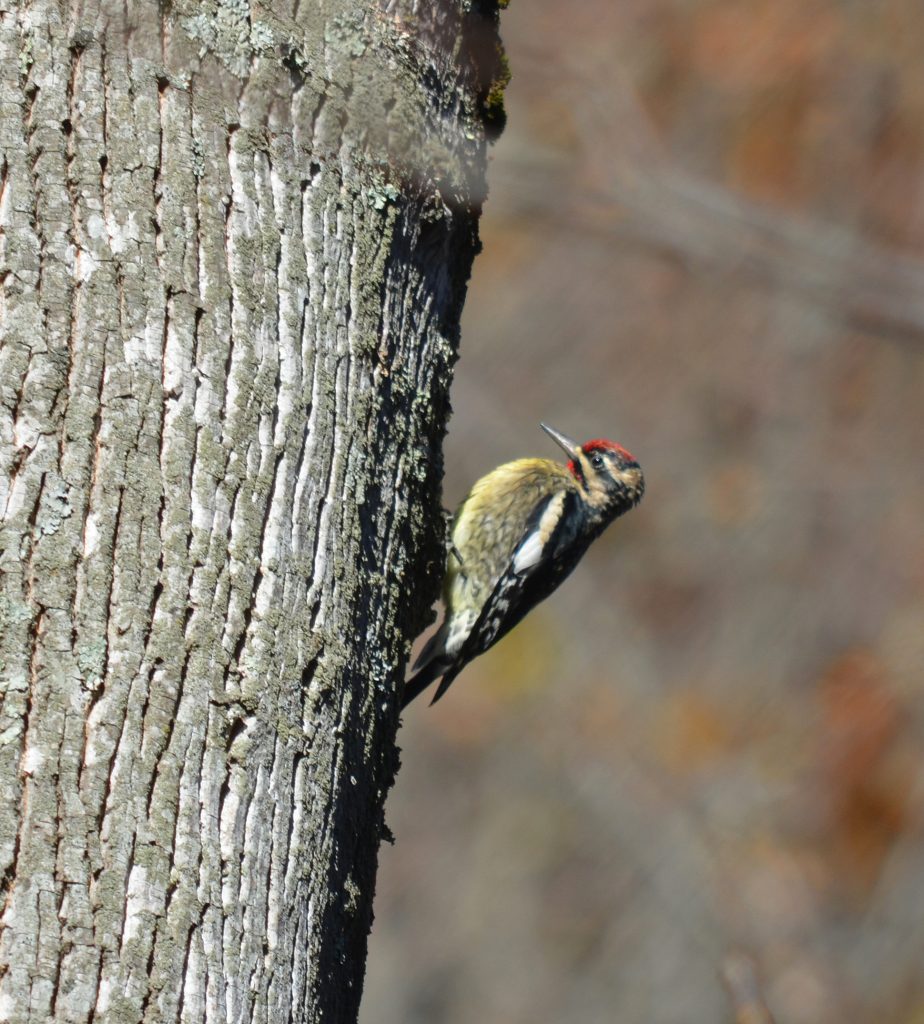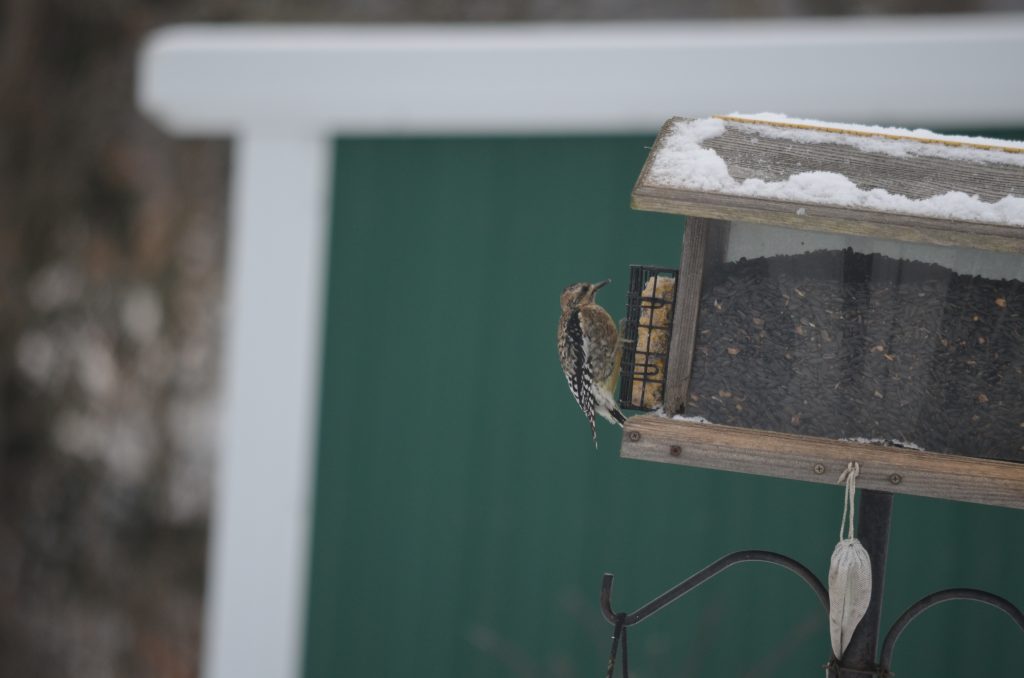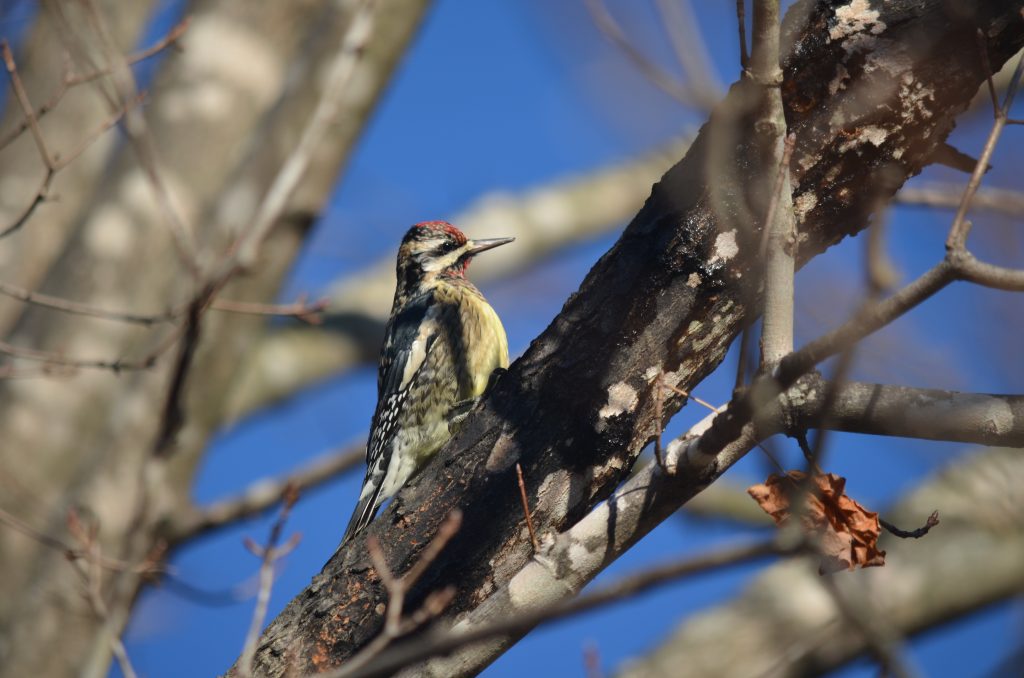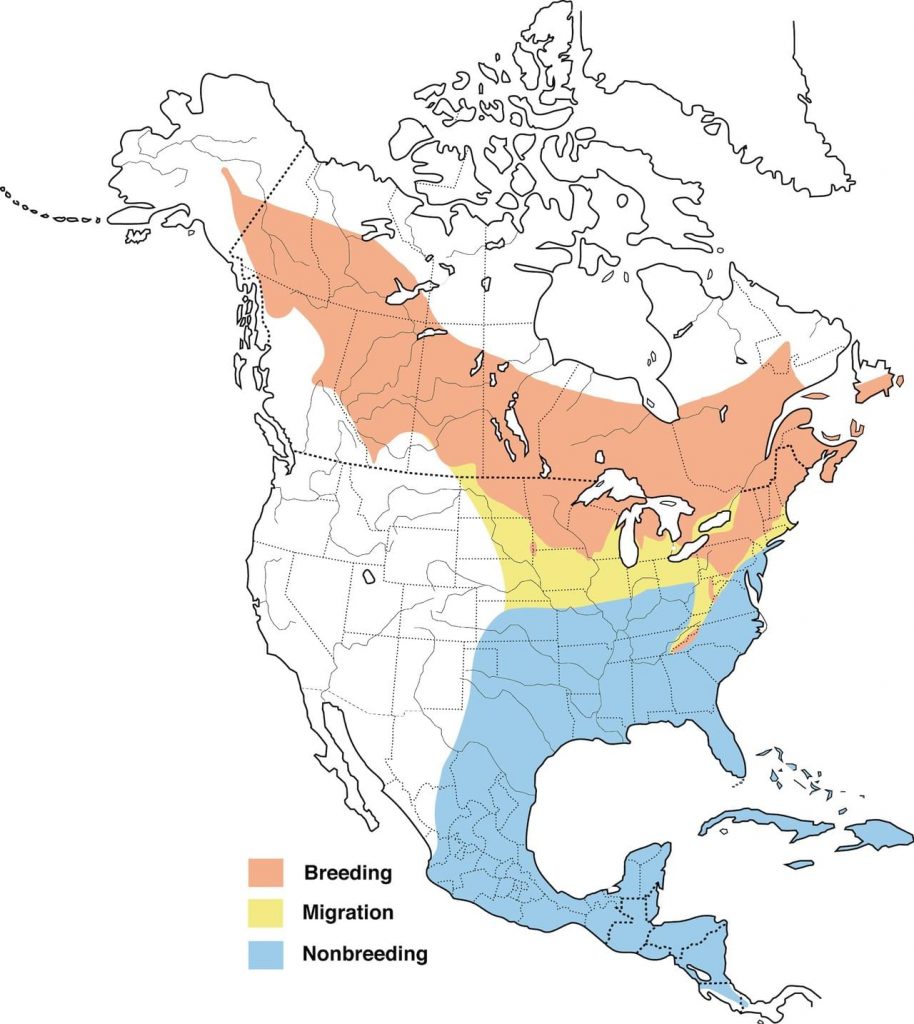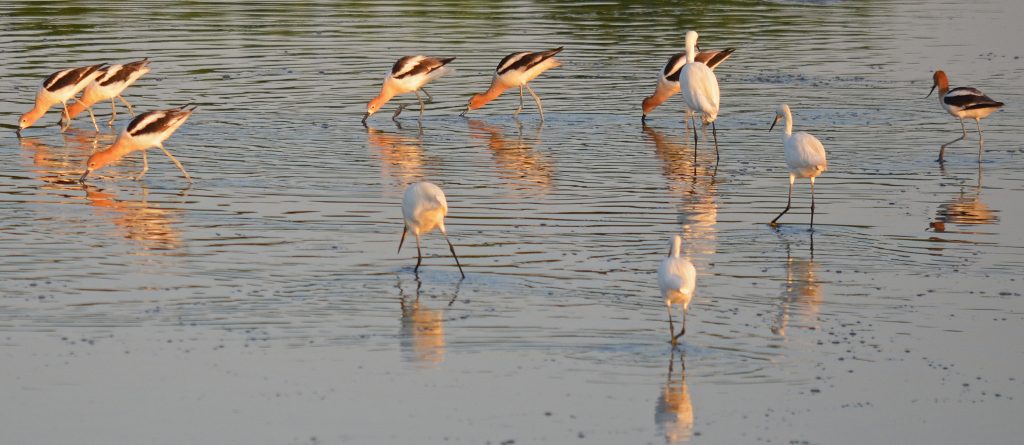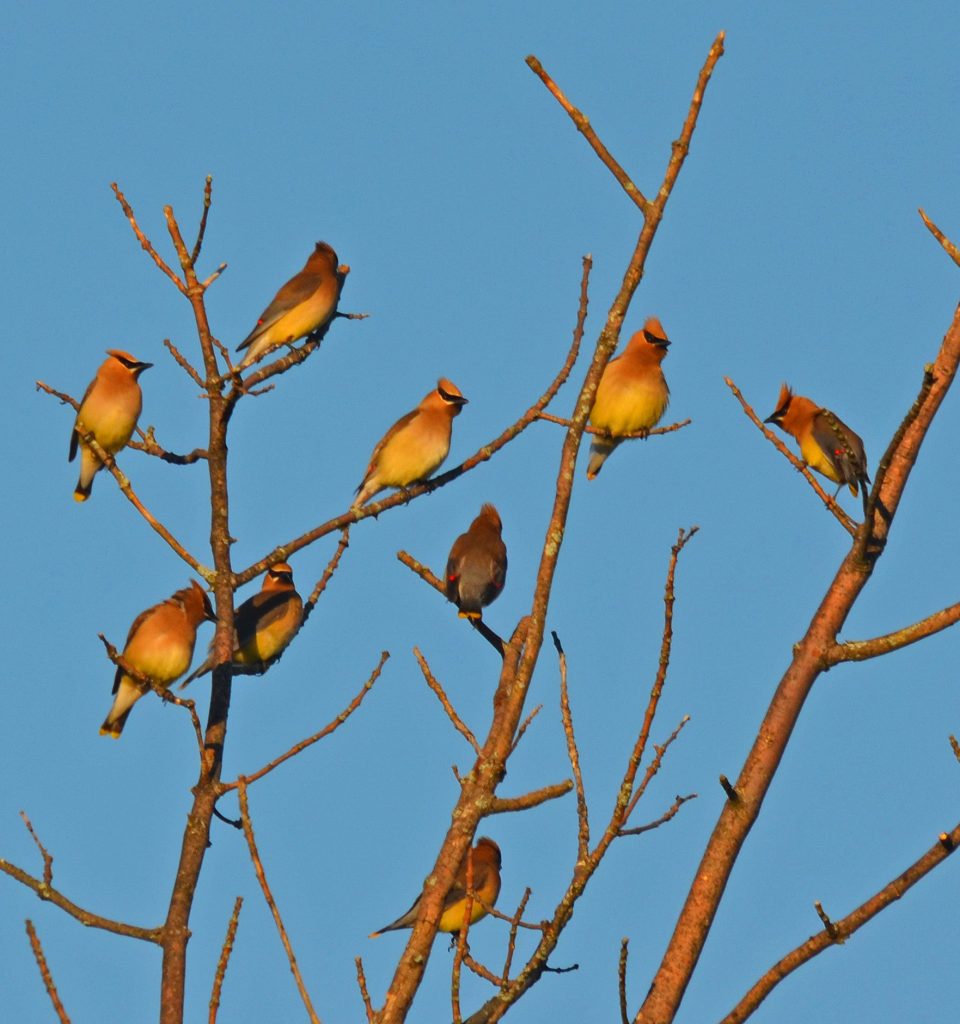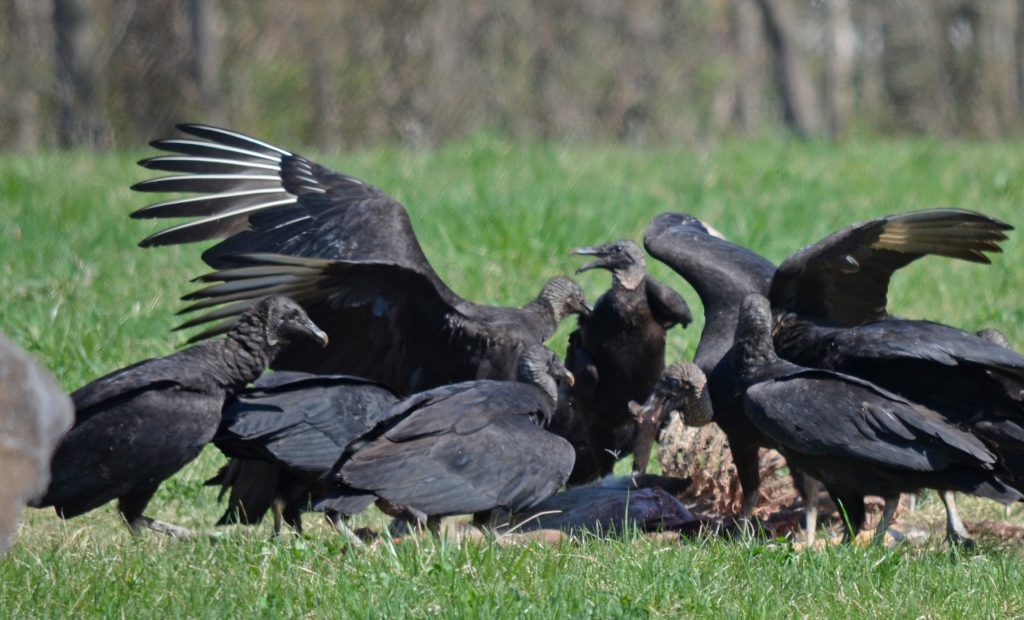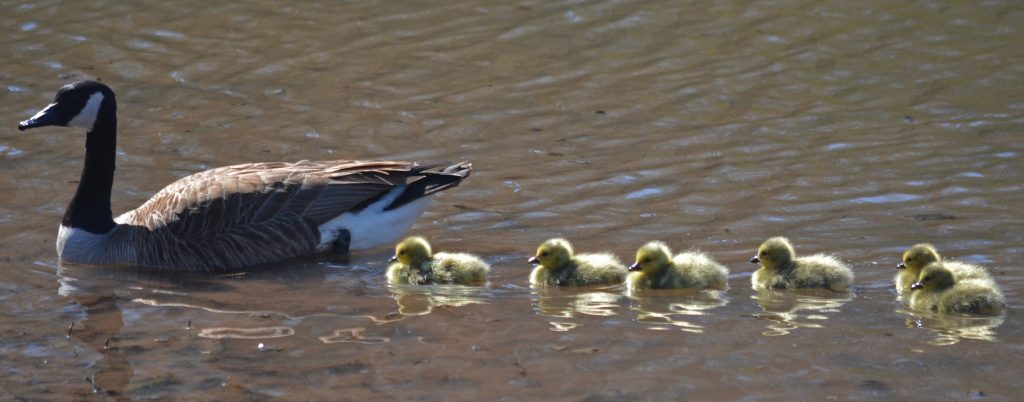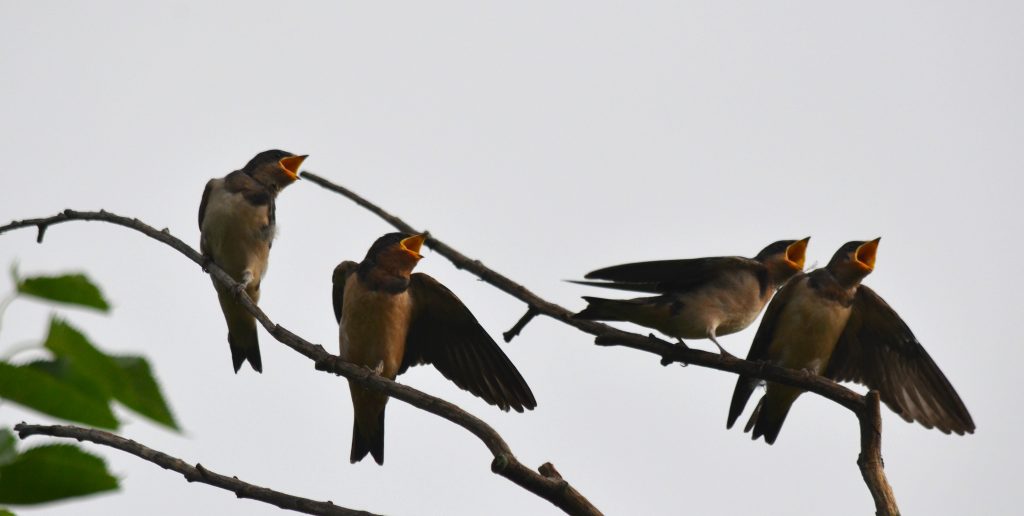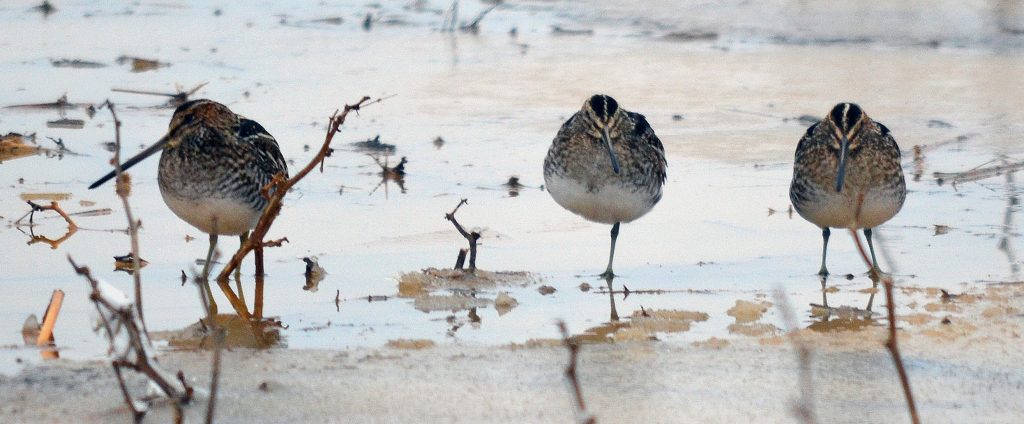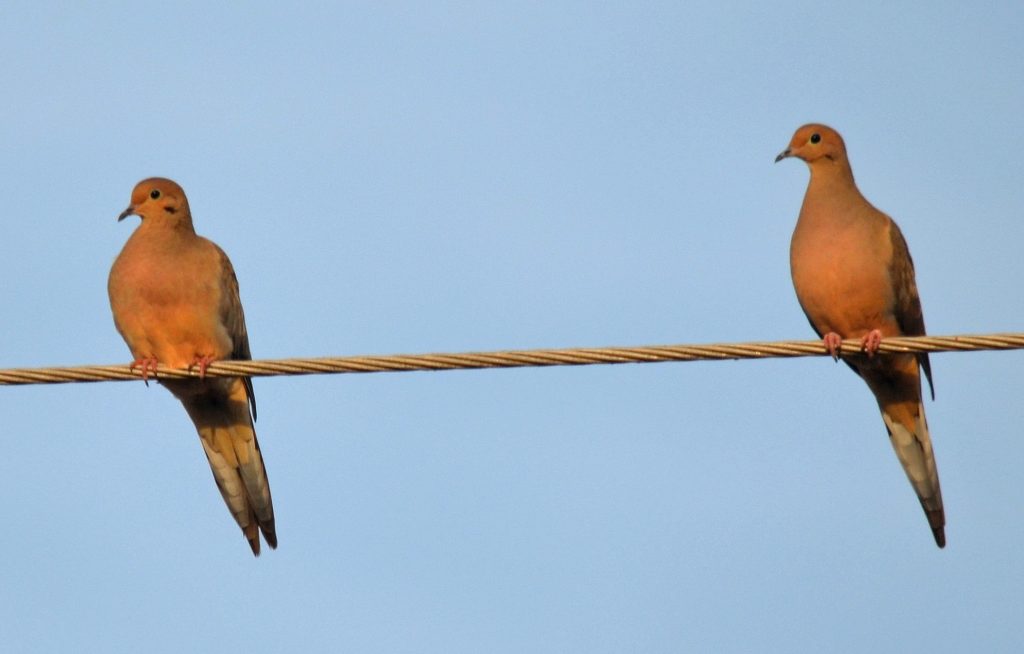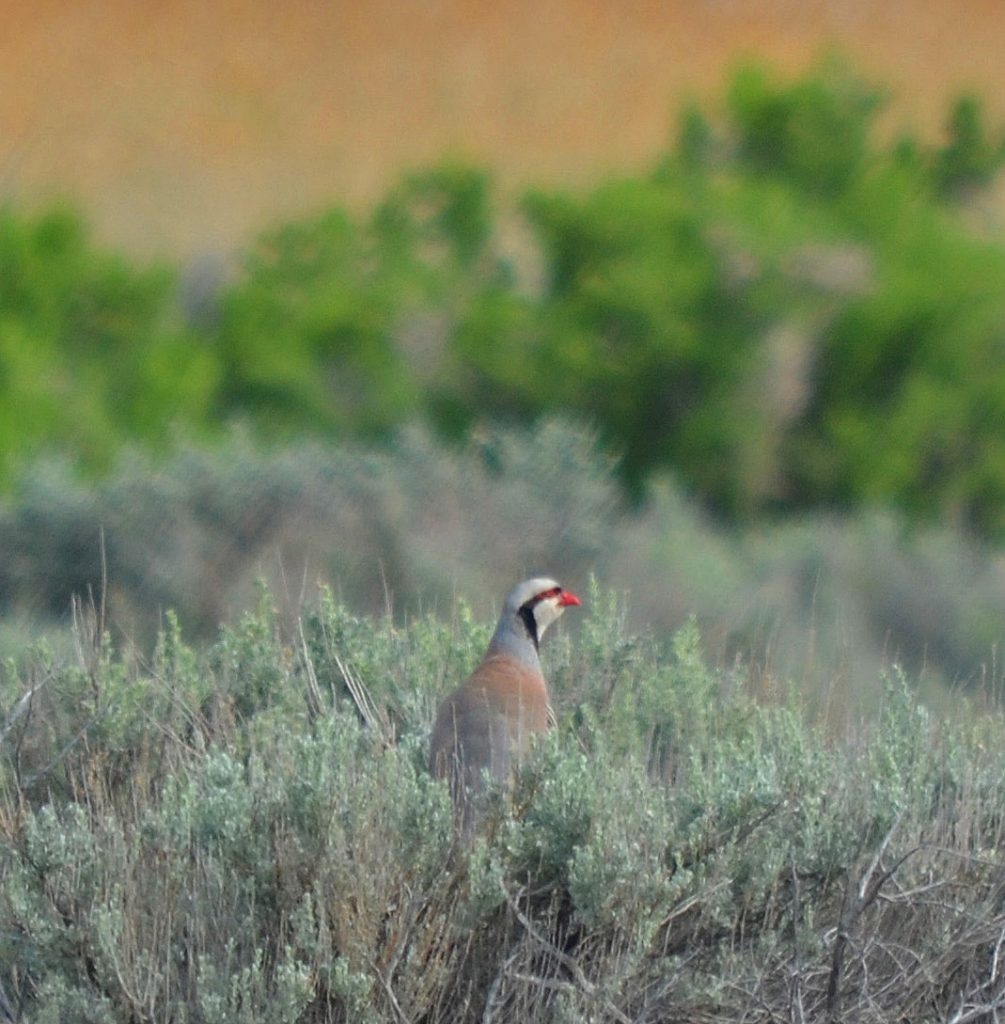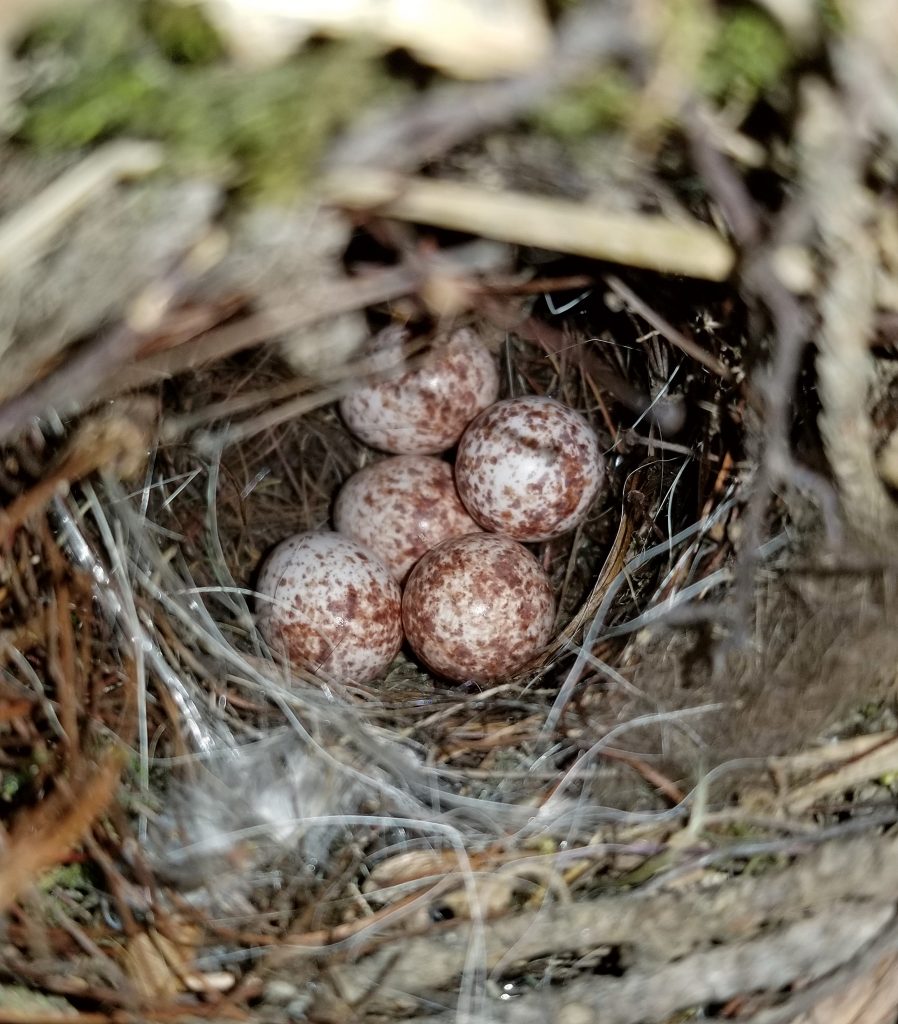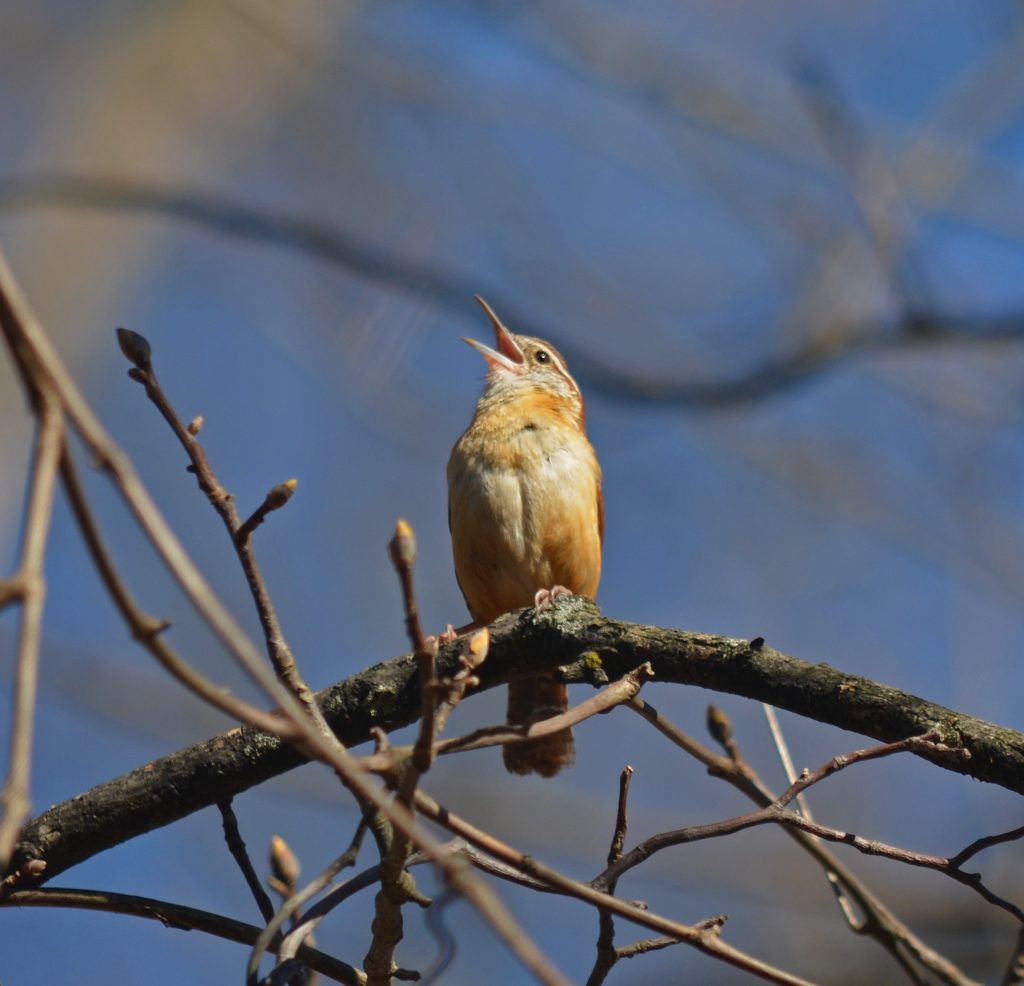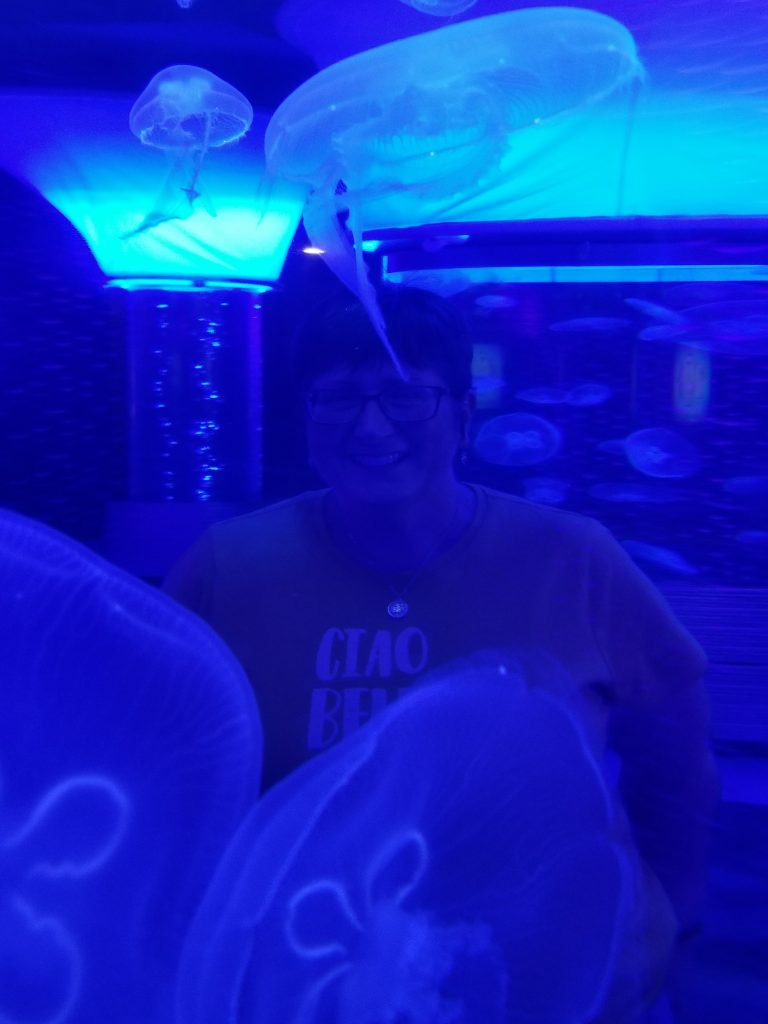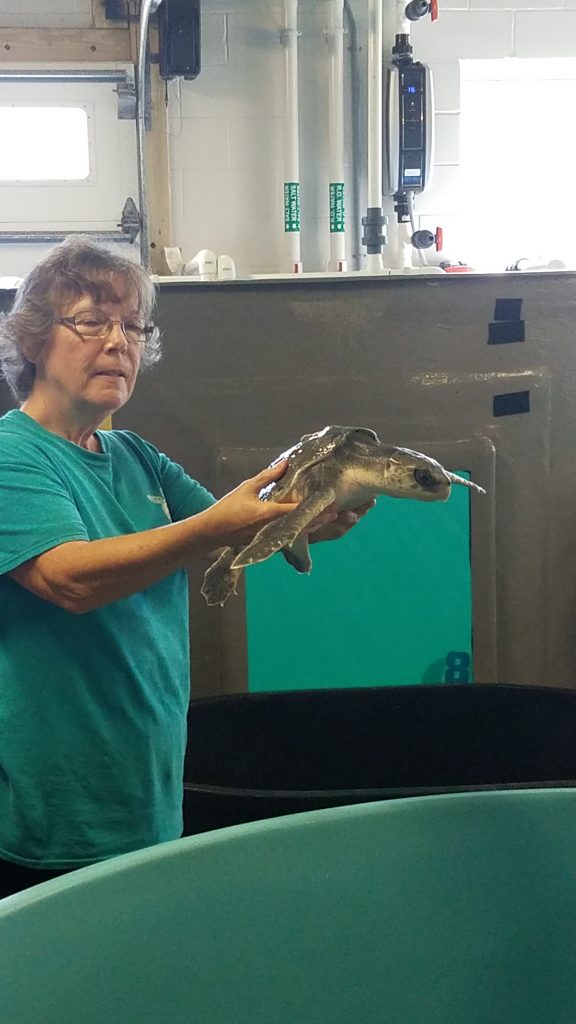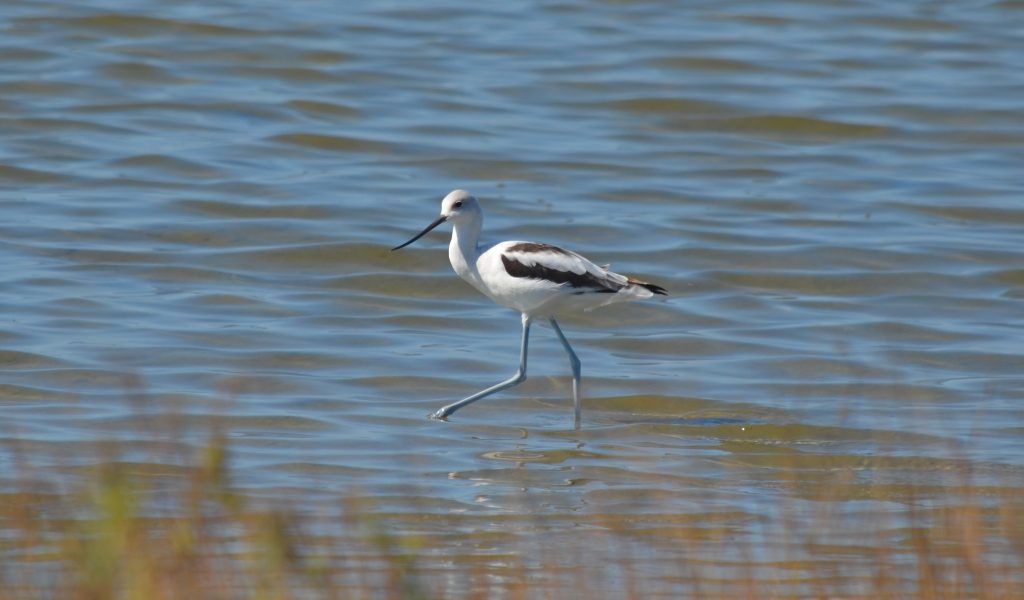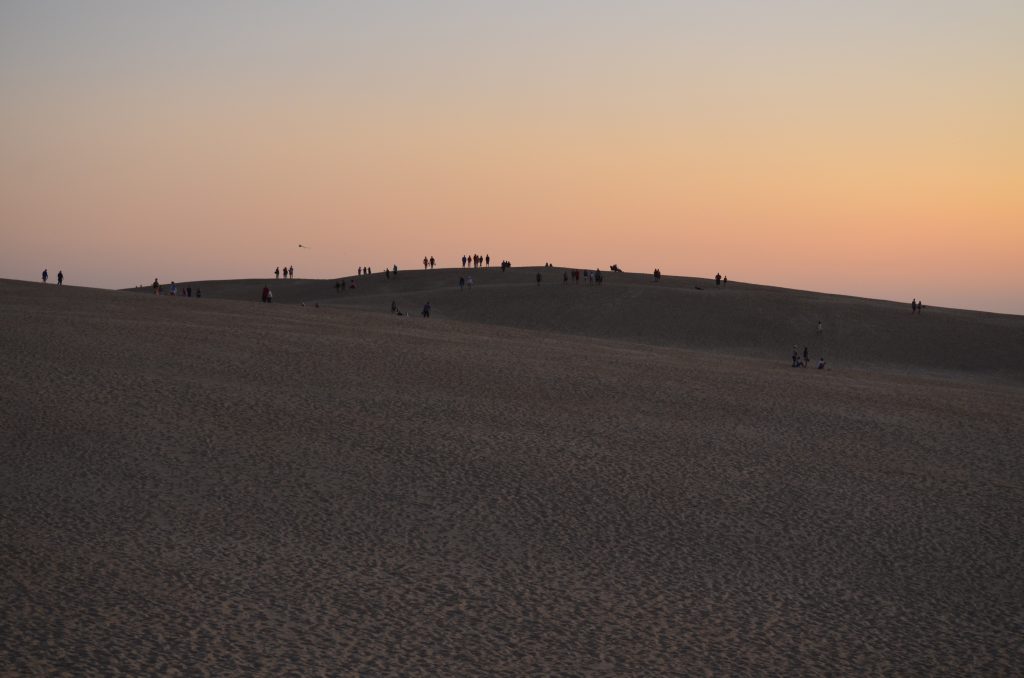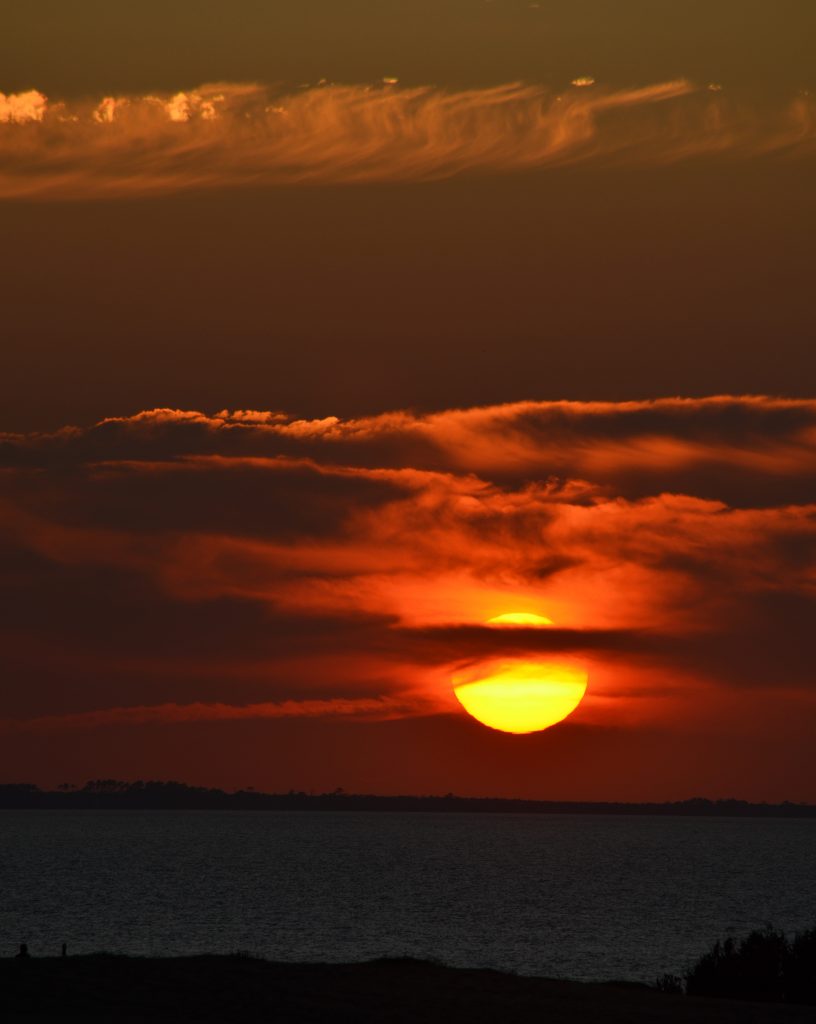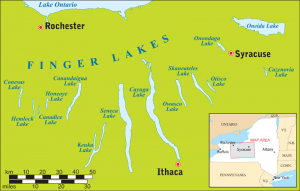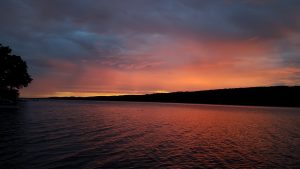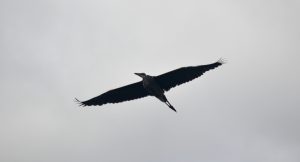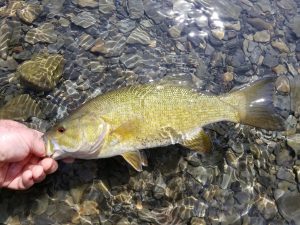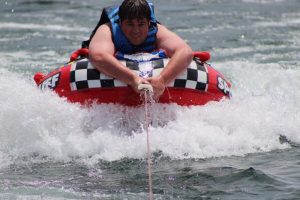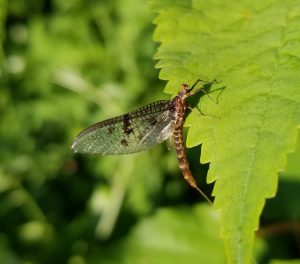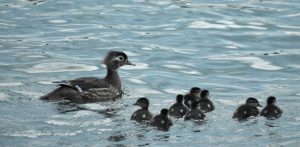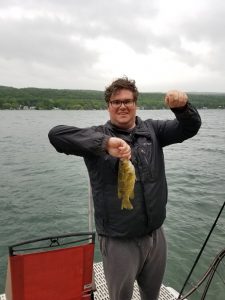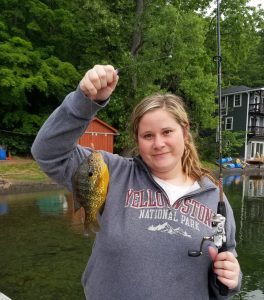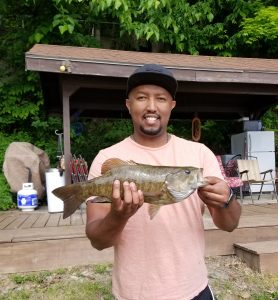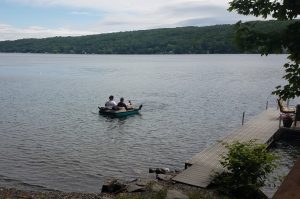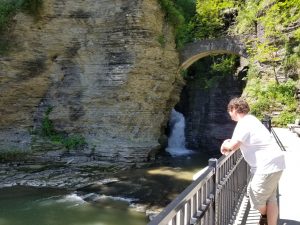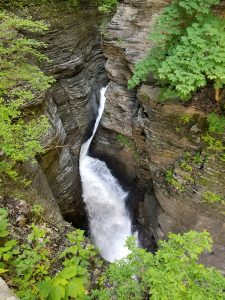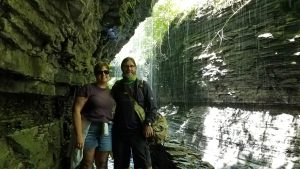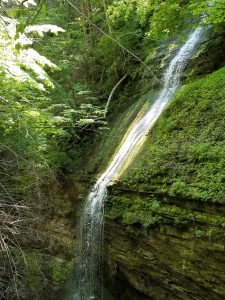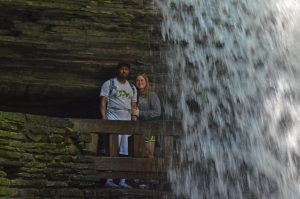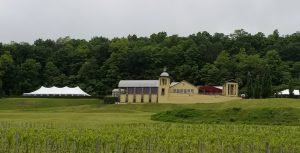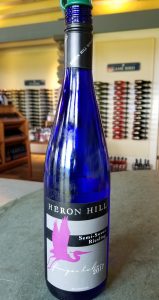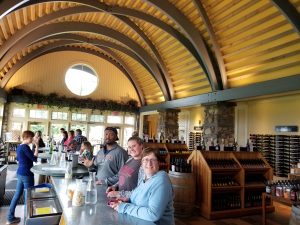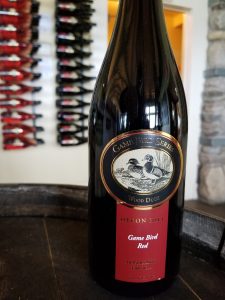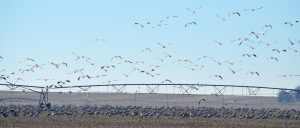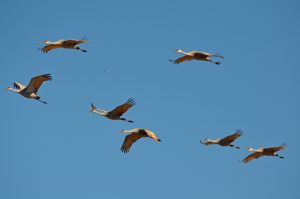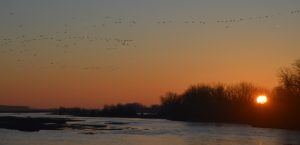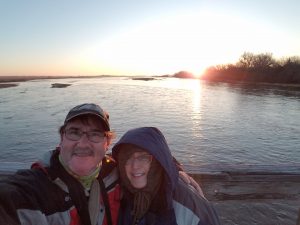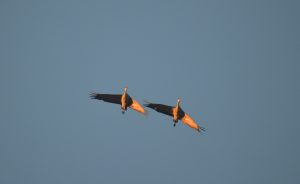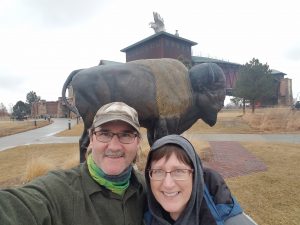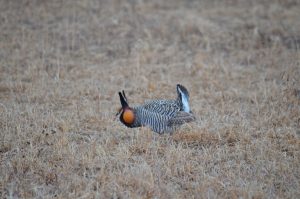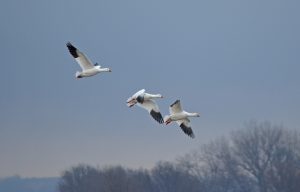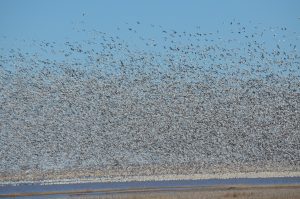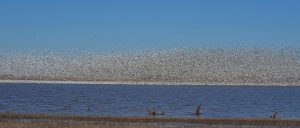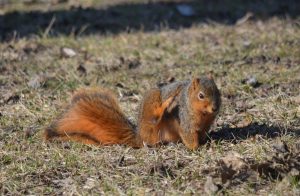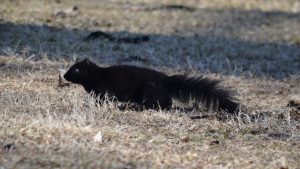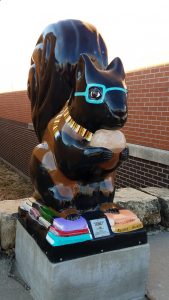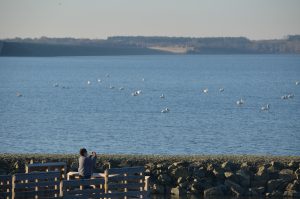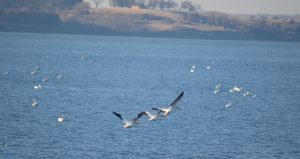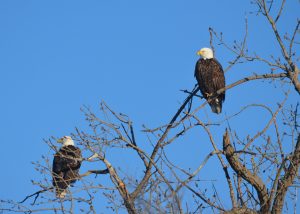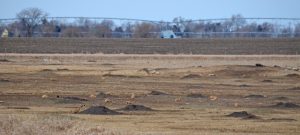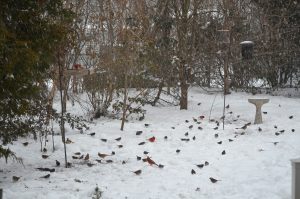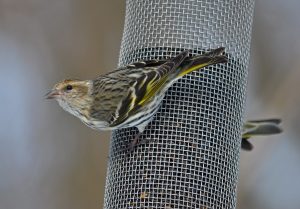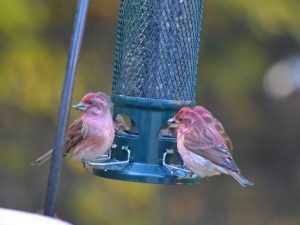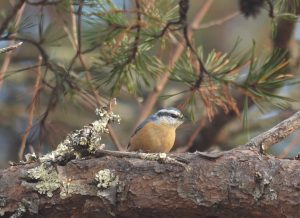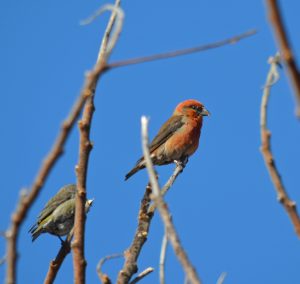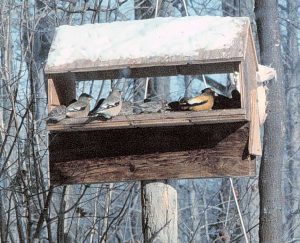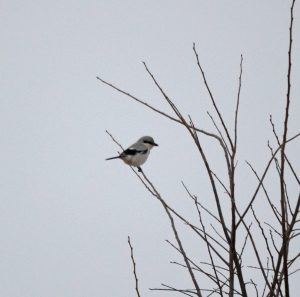Chincoteague Island is located on the Eastern Shore of Virginia. The name chincoteague meant “Beautiful land across the water” in the language of the Native Americans who lived in the area-primarily the indigenous Assateague people. For visitors to this popular destination, there still seems to be some confusion of these two names-primarily when it comes to geography, so let’s try and clarify which is which, and where is where-me included!
First, they are both part of a chain of sandy barrier islands separating the mainland from the Atlantic Ocean. Assateague Island, on the ocean side, is a 37-mile long and skinny island that extends northward towards Ocean City, Maryland. Most of Assateague Island is protected parkland by the National Park Service’s Assateague Island National Seashore. Chincoteague Island sits immediately west of Assateague’s southern tip, protected from the ocean by Assateague. It rests comfortably within Chincoteague Bay. To add a bit more confusion to the mix, the U.S. Fish and Wildlife Service maintains its Chincoteague National Wildlife Refuge on Assateague Island directly across a short causeway from Chincoteague Island and the town of Chincoteague. Got all that? Assateague is an island. Chincoteague is an island, a town, a bay and a wildlife refuge.

Even so, Chincoteague it still manages to hold onto a small-town feel unlike its Maryland and Delaware counterparts further up the Atlantic coast. This can probably be attributed to geographic isolation and government ownership of its beach. There will never be any commercial development allowed to build ocean-front hotels, boardwalks or any other businesses along the ocean waterfront here. The most famous residents, and attraction to this area, have four legs-the wild ponies.

Ponies have occupied Assateague Island since the colonial era although nobody really knows exactly how or when they arrived. The standing theory, and one that seems more exciting for tourists, is that they escaped Spanish galleons that shipwrecked off-shore.
Also “wild” ponies seem a bit of an exaggeration unless one defines wild to mean “mellow ponies without saddles.” Take the Assateague ponies five miles inland, drop them in a large field and nobody would bother to give them a passing glance. Stick the very same ponies on an island, combine them with romantic tales of Spanish shipwrecks and an iconic children’s book (Misty of Chincoteague-1947) and following movie (Misty-1961), then watch tourists gawk! Nothing has done more to transform Chincoteague from a fishing village focused on the bounty of the sea into a tourist destination harvesting travelers more than the renowned Misty mystique.
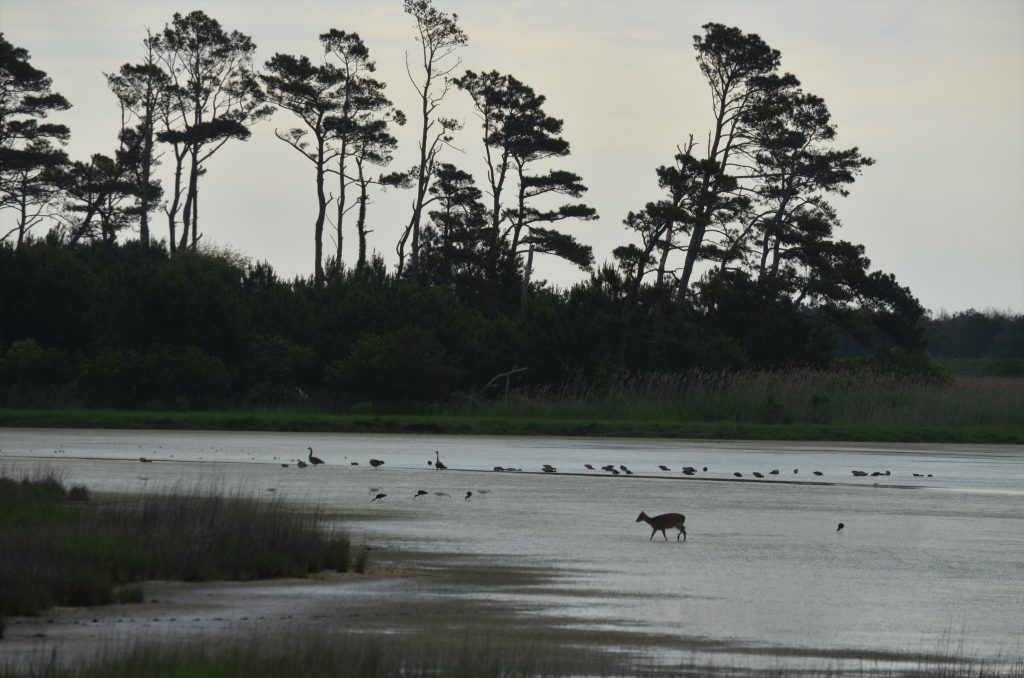
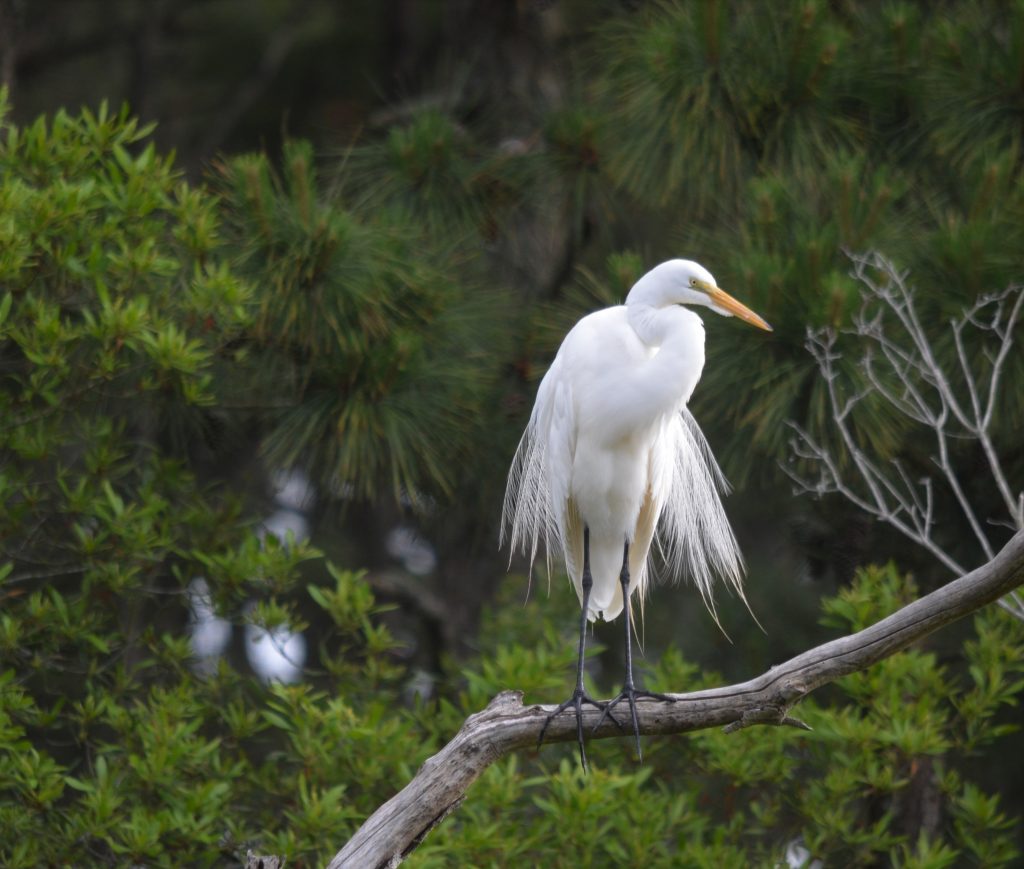

But it’s the natural features of the area-vast beach stretches and coastal salt marshes that attract thousands of migrating and breeding birds-and the reason I visit the Chincoteague-Assateague area as well. However, you must be patient, since there can be crowds of people coming to see the “wild ponies” and visiting the recreation beach. Even though it was fairly busy with people (there’s only one road in and out) the last weekend in May when I visited, I still managed to see 103 different species of birds-not too bad for trying to social distance from everyone else!
